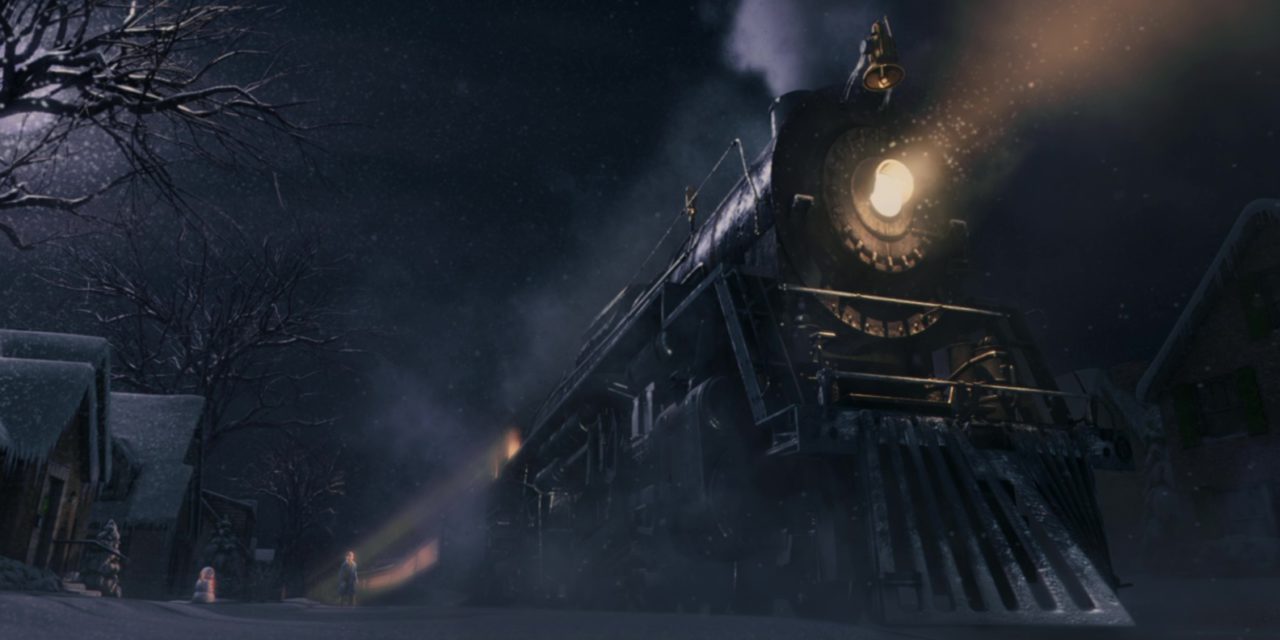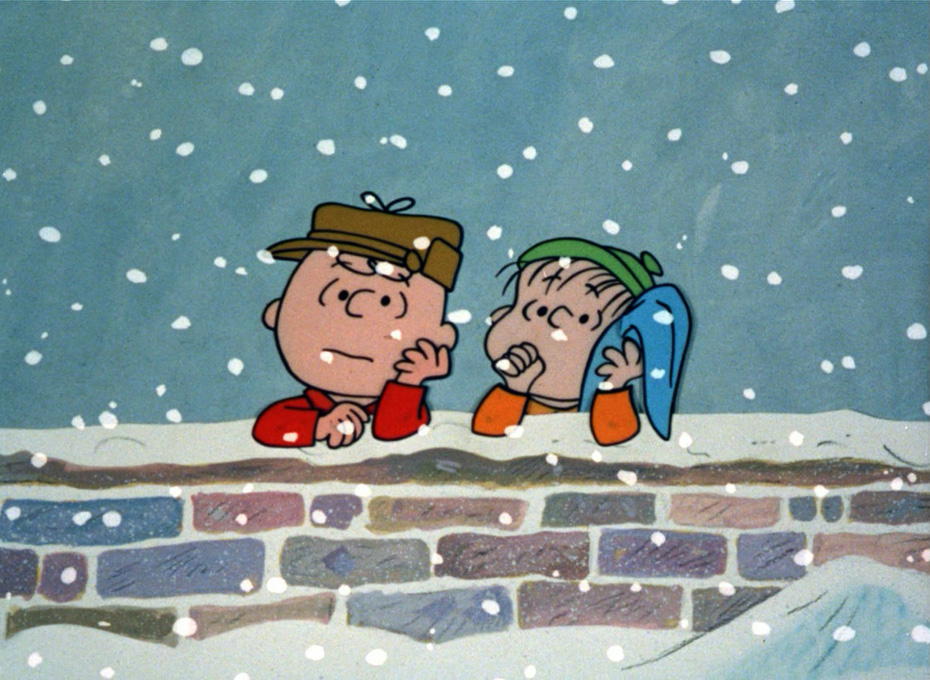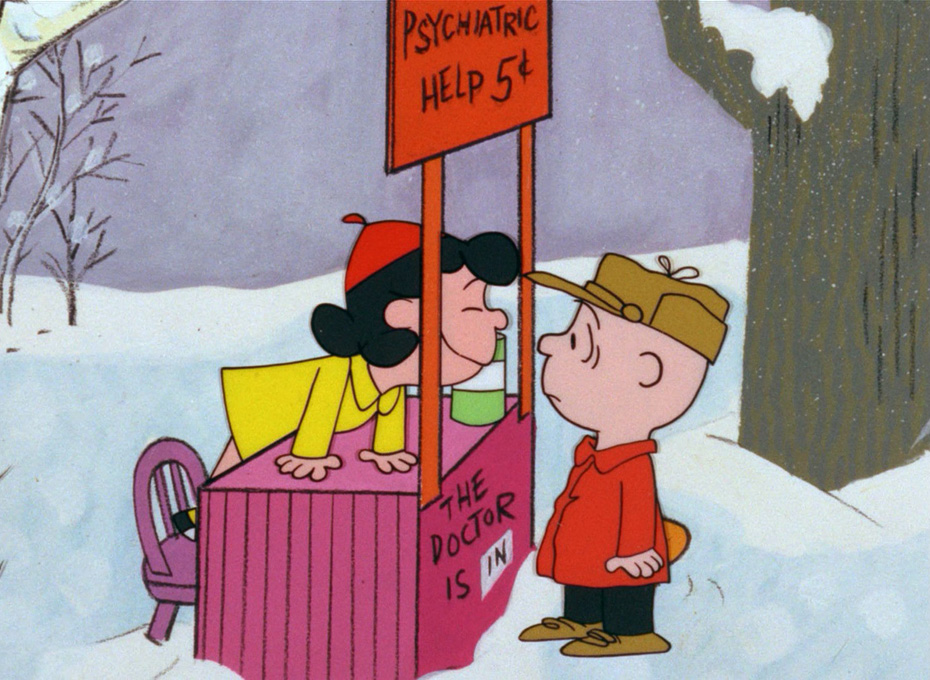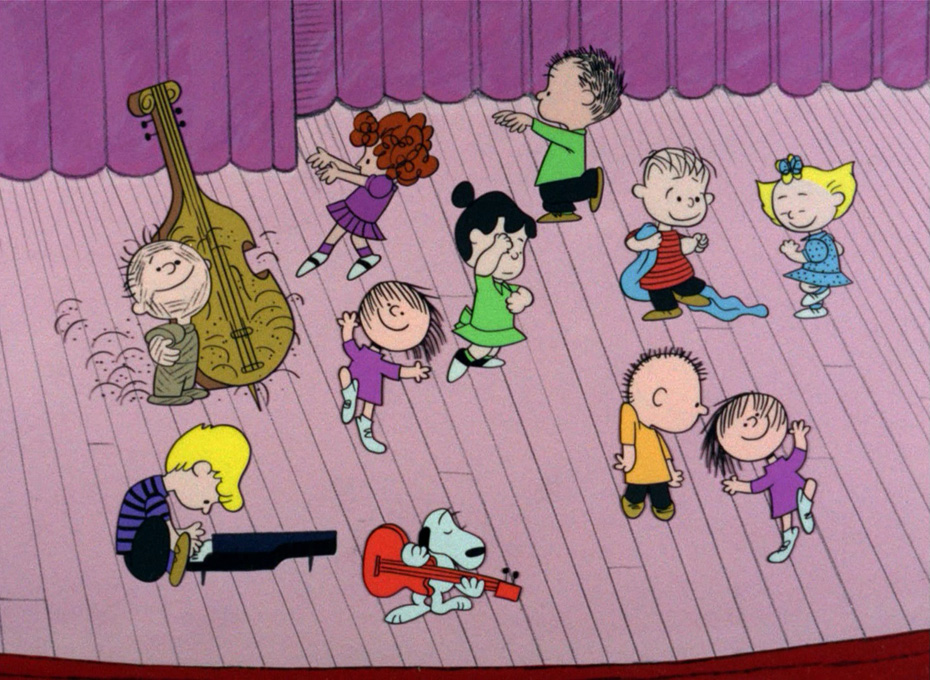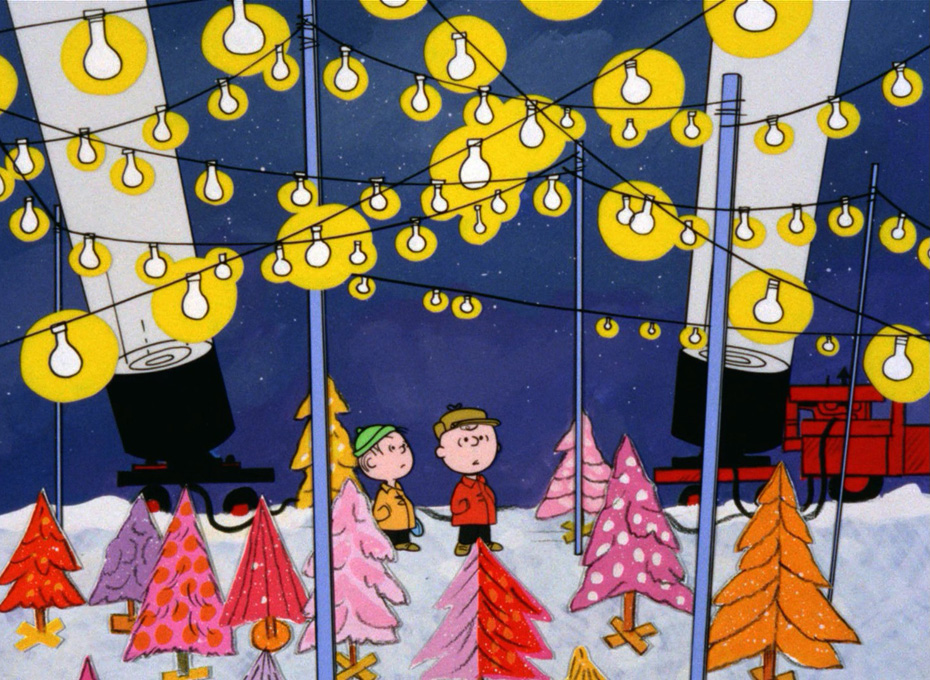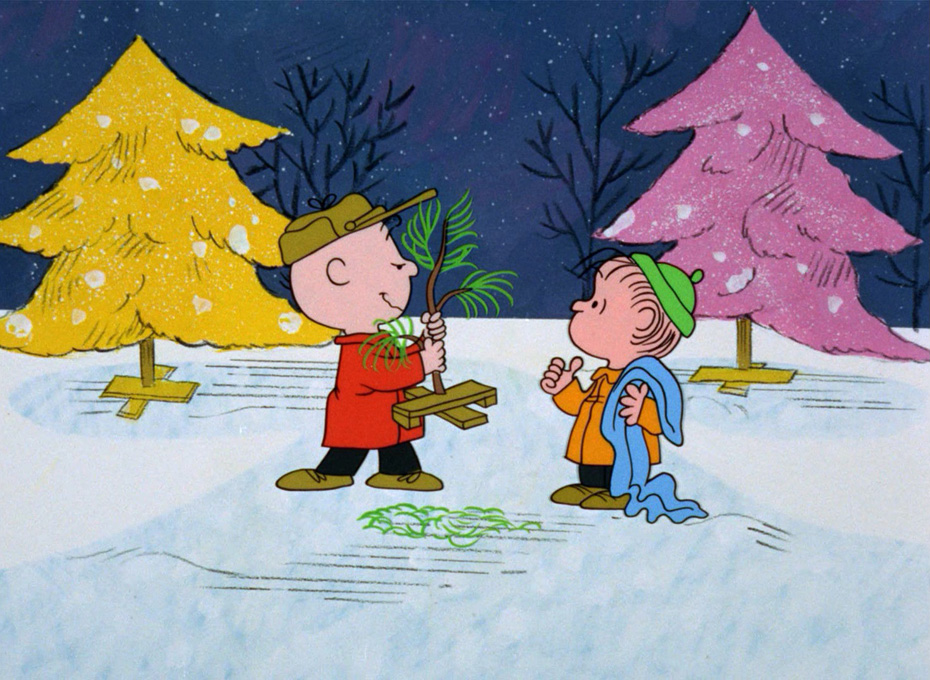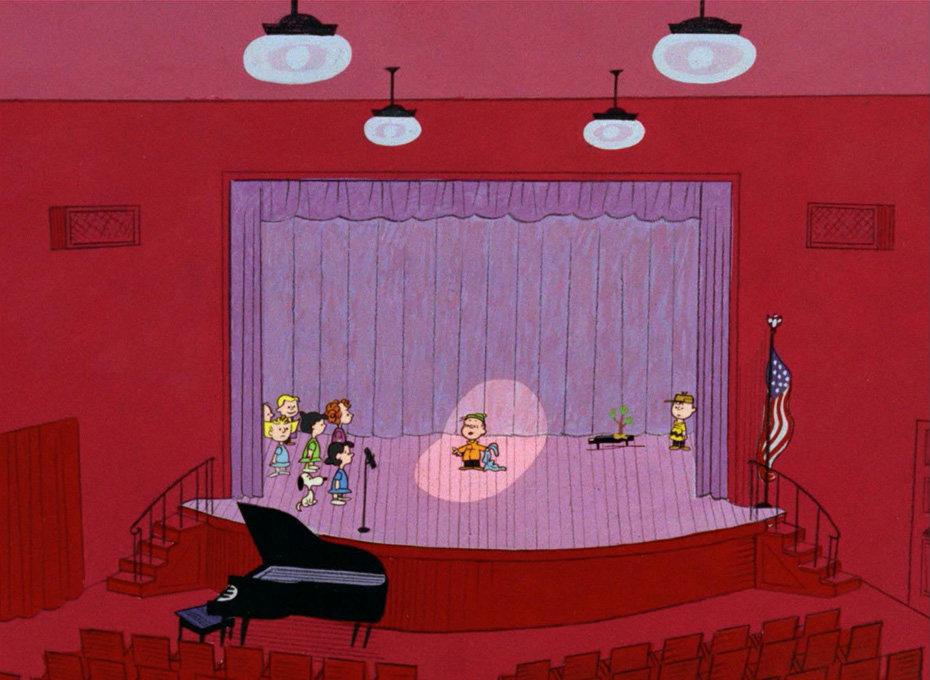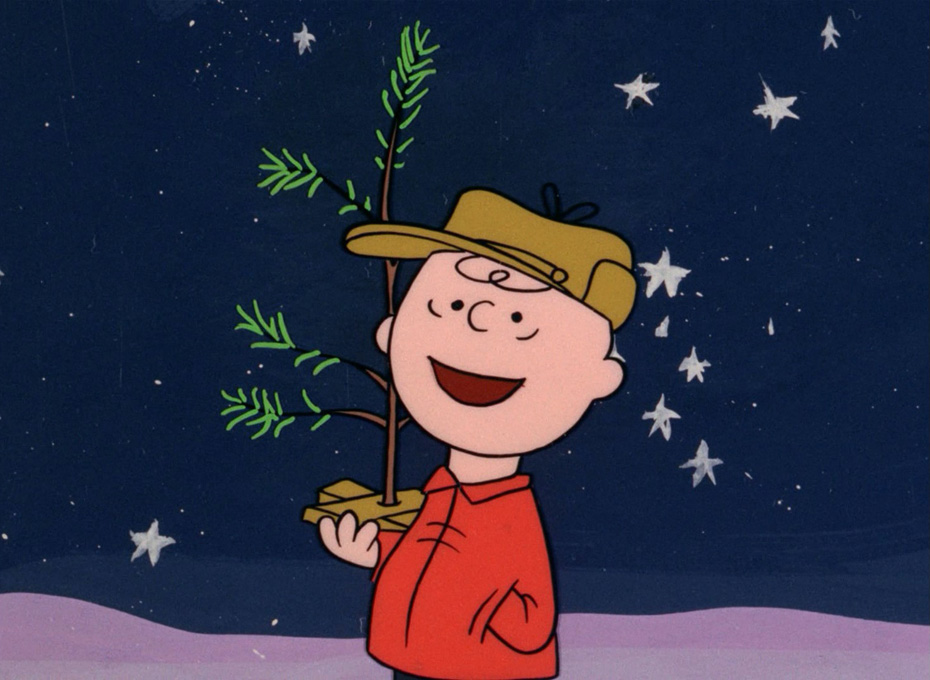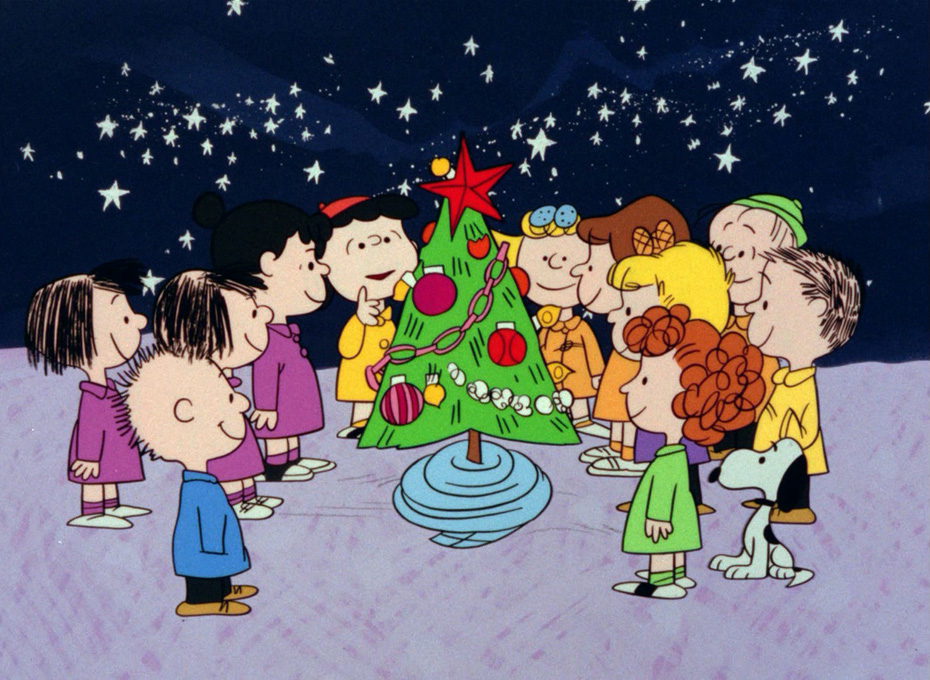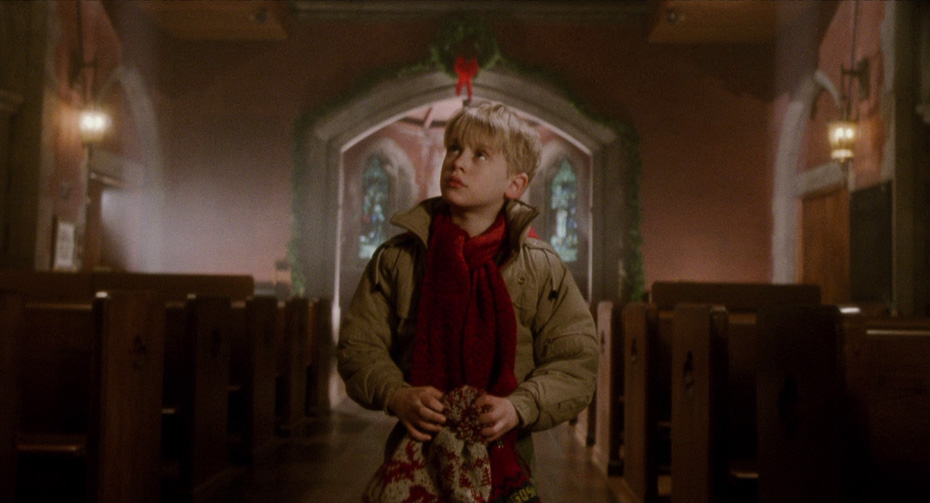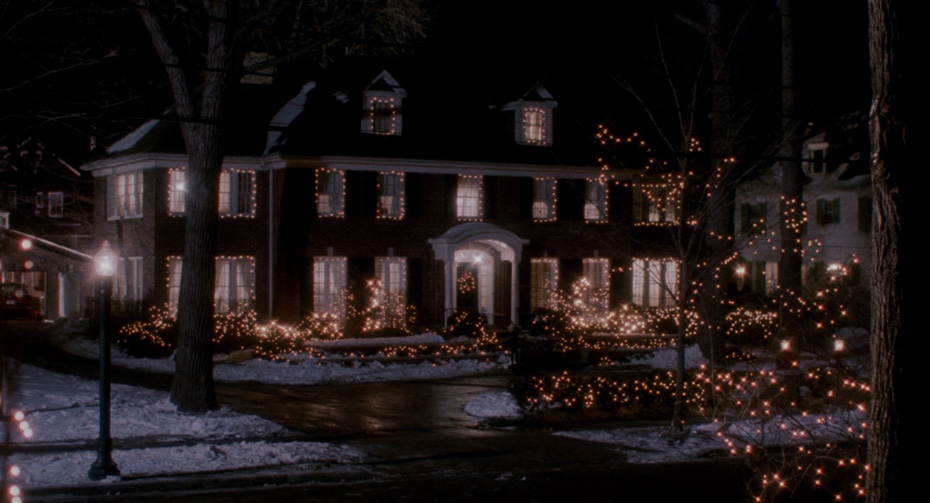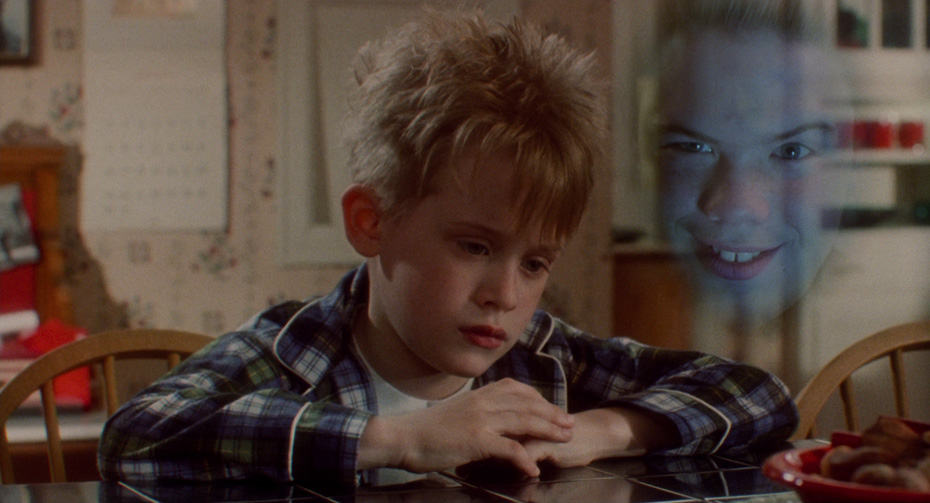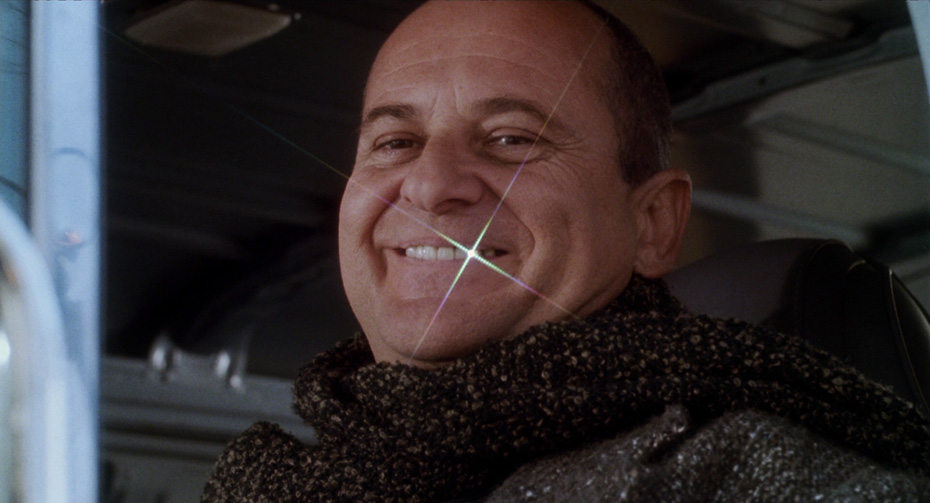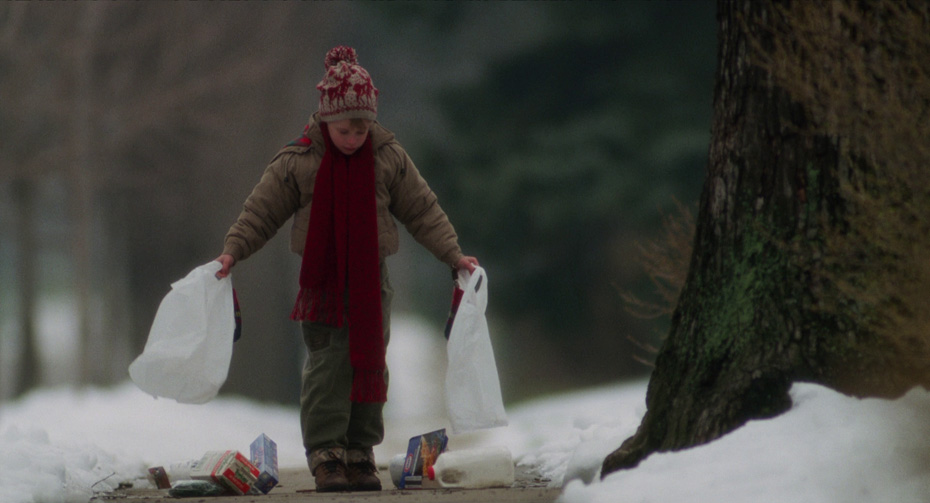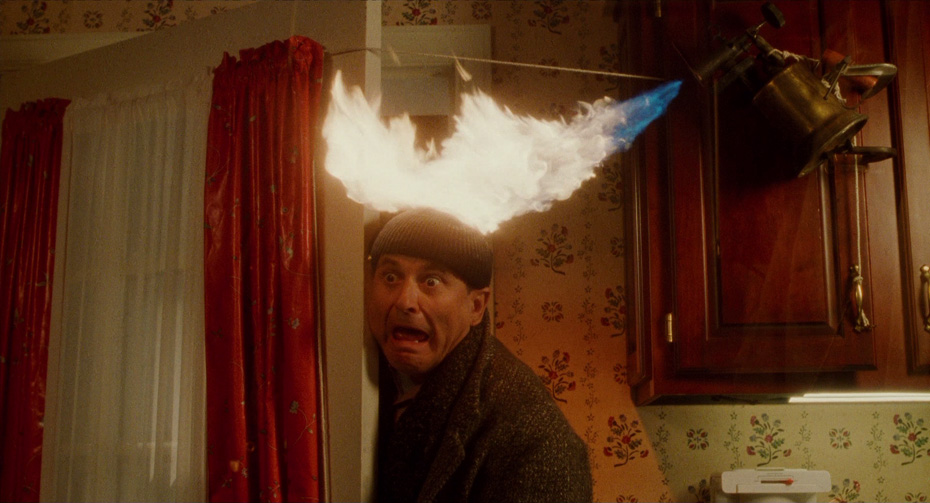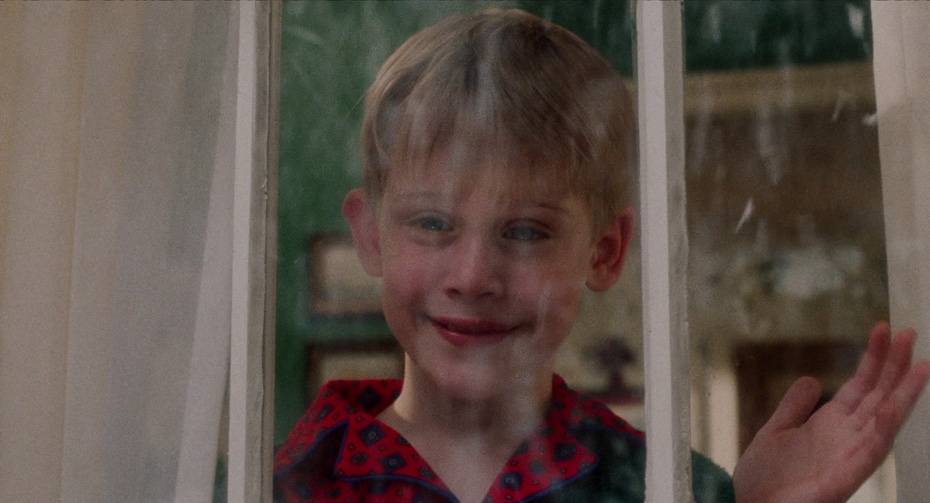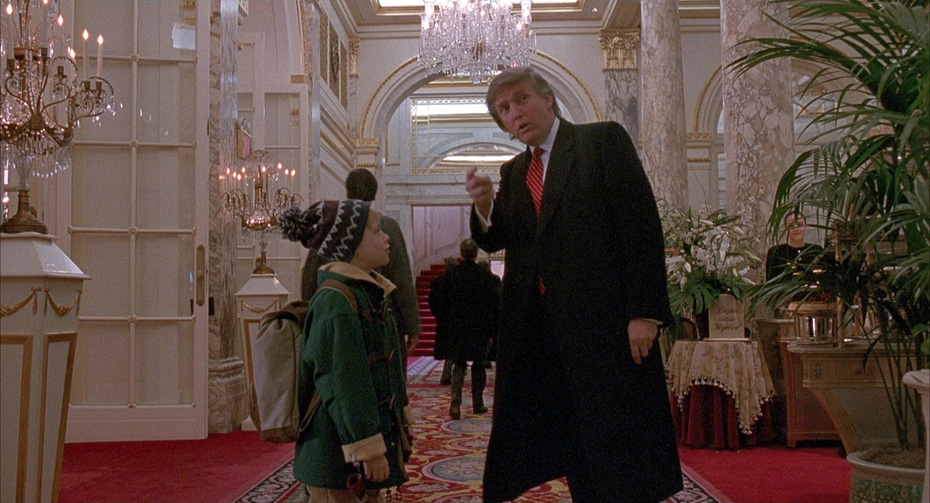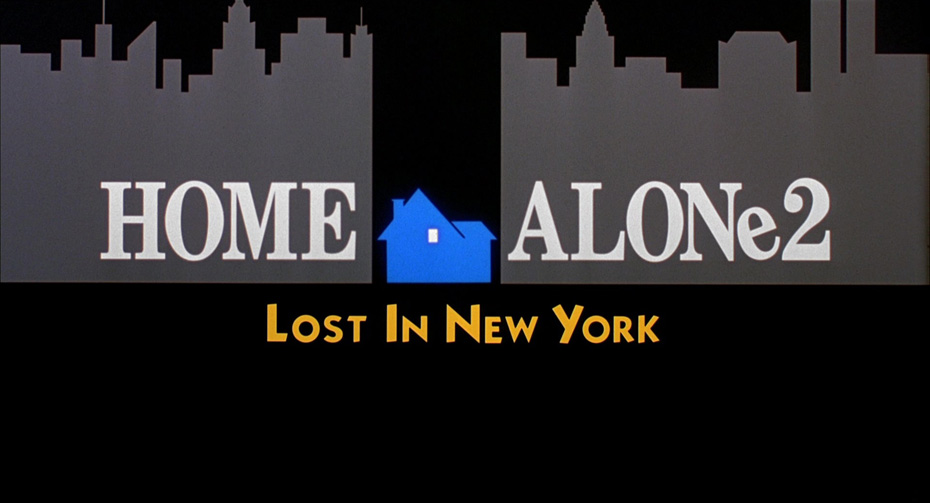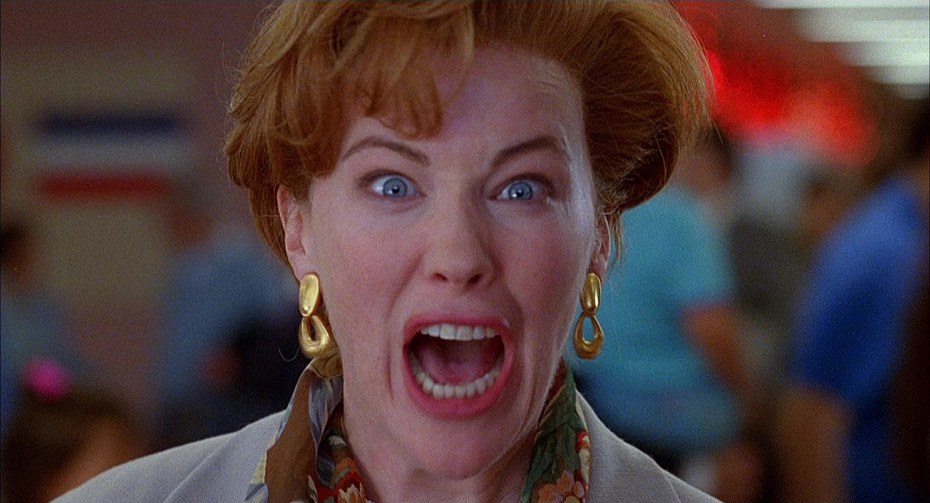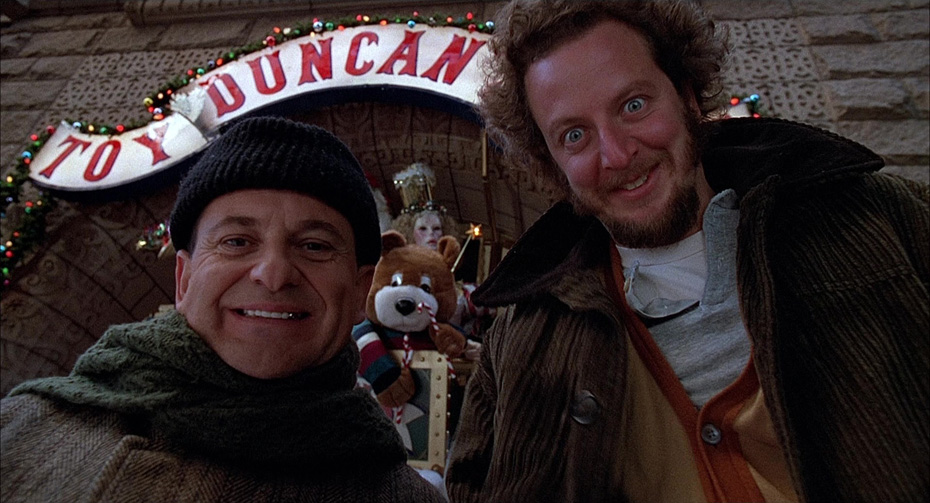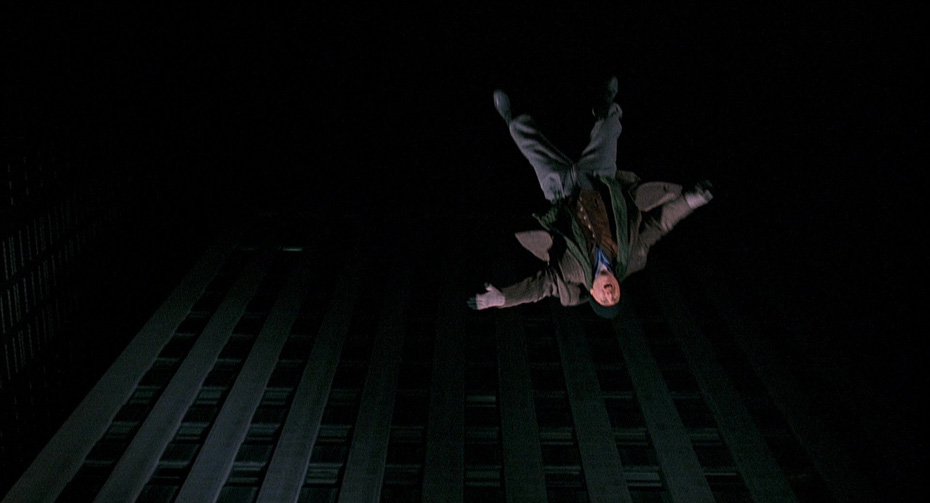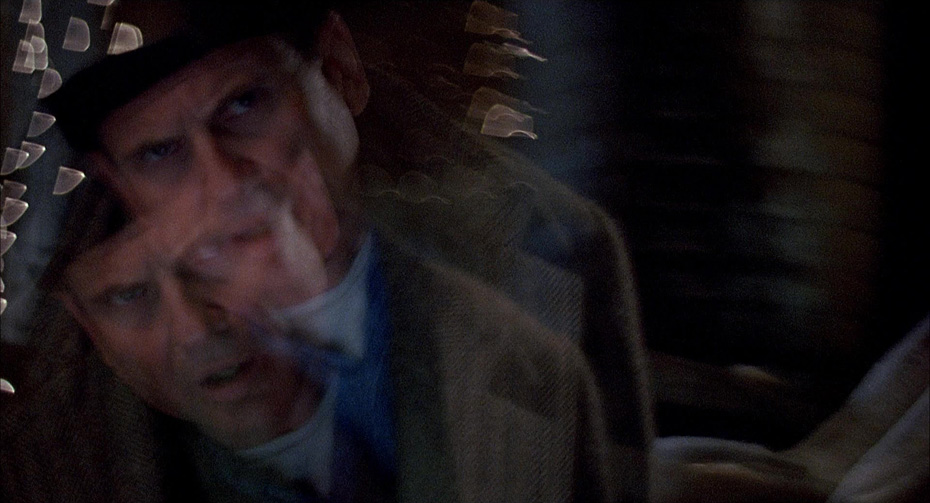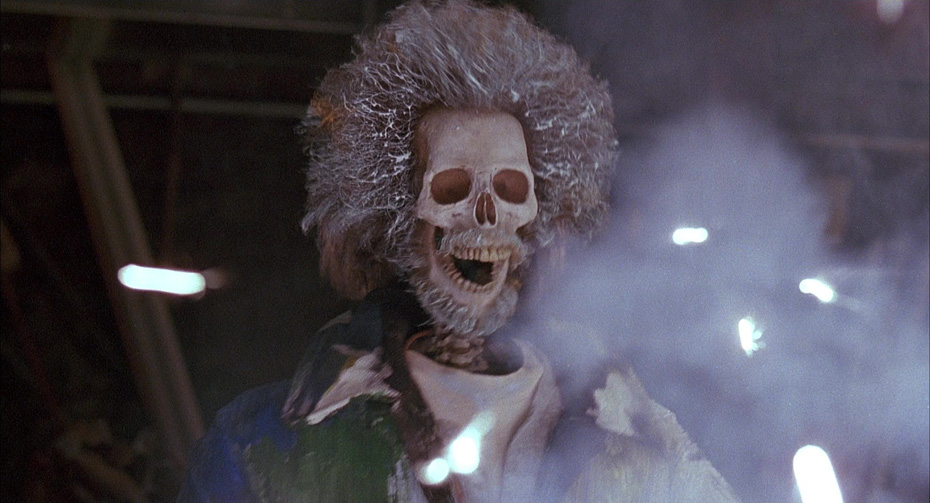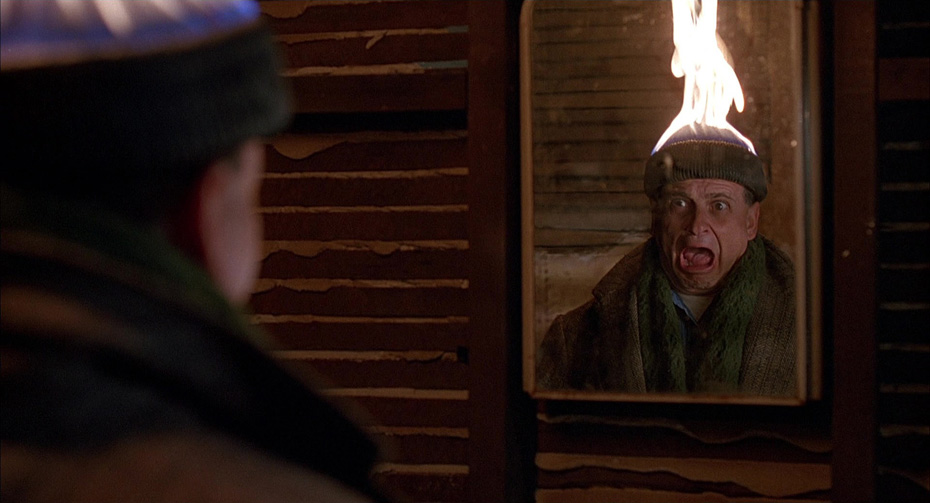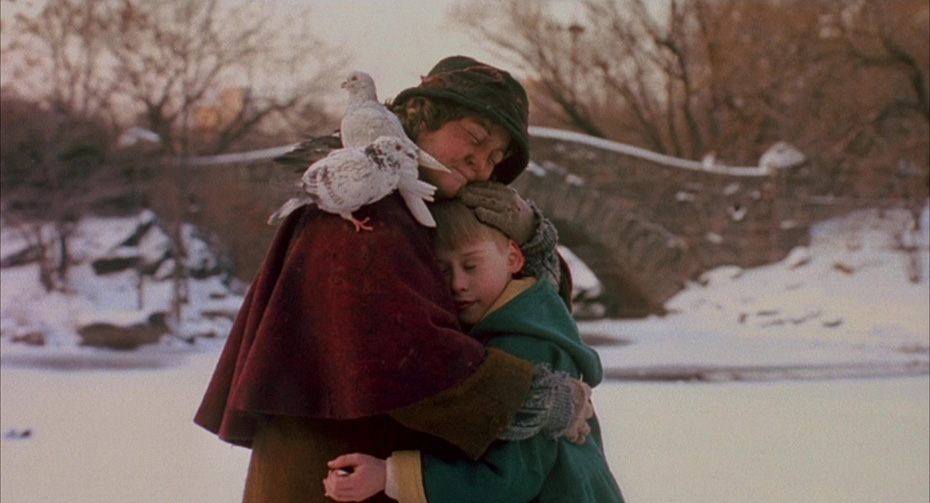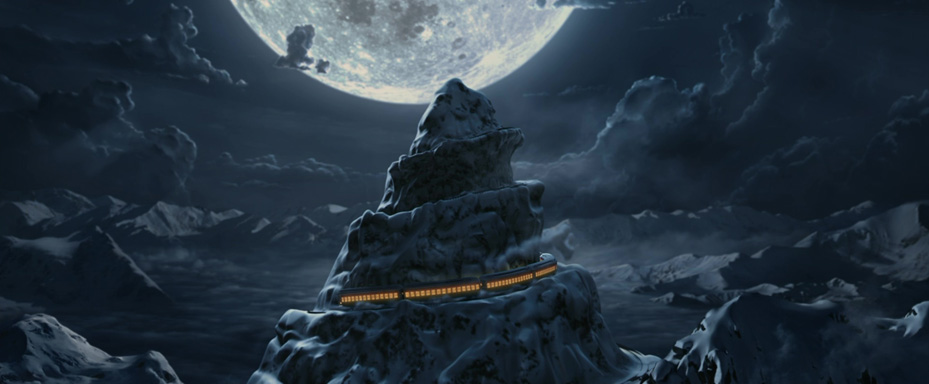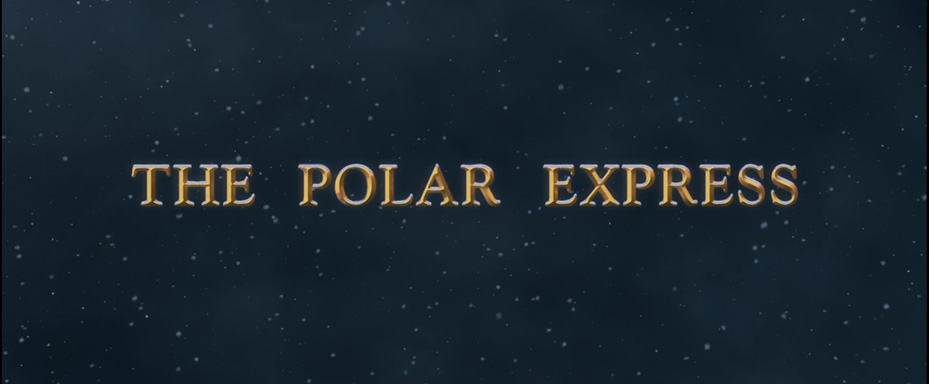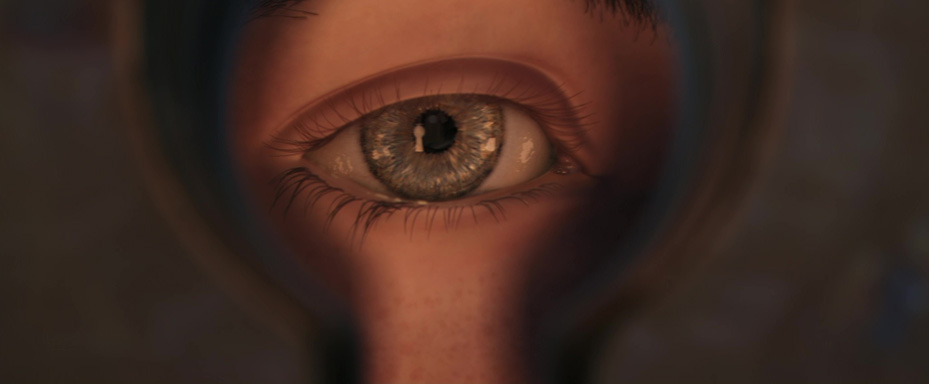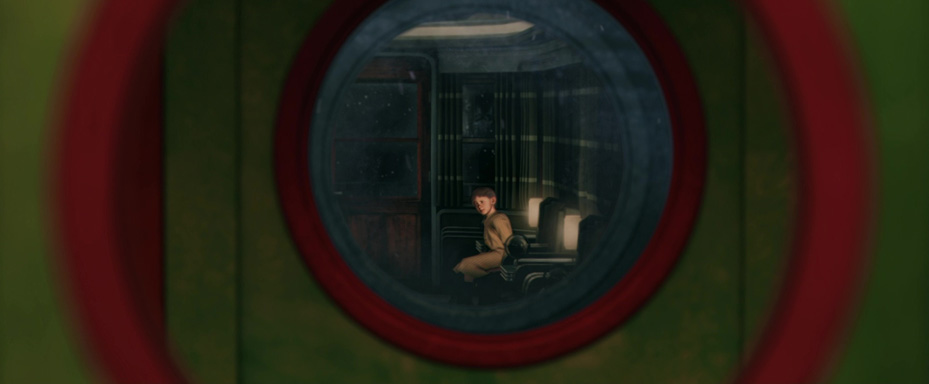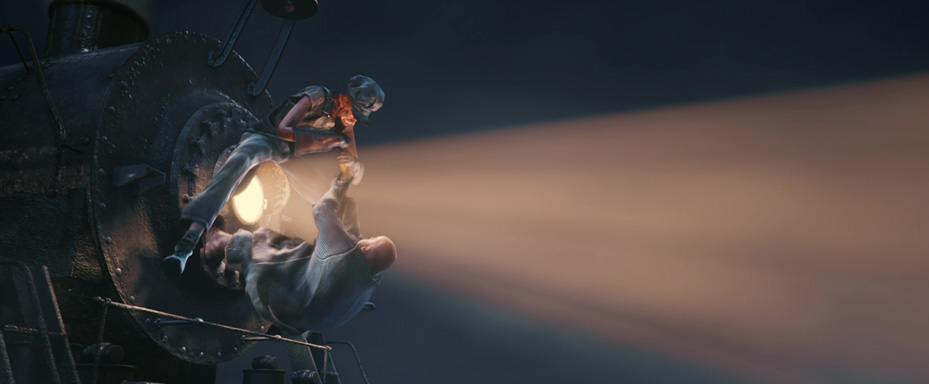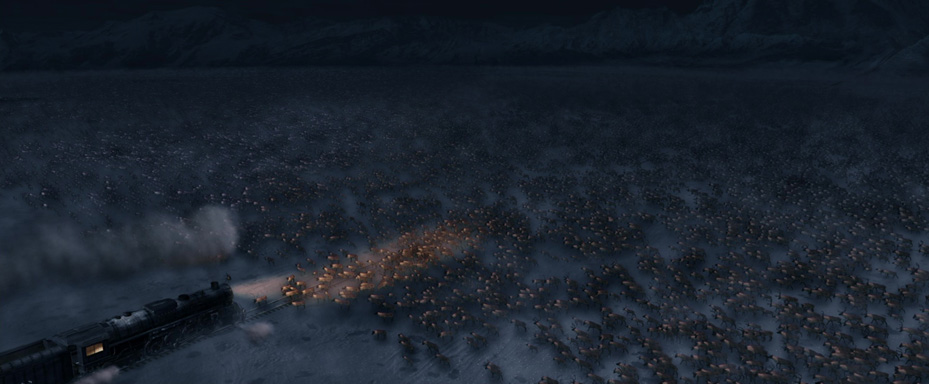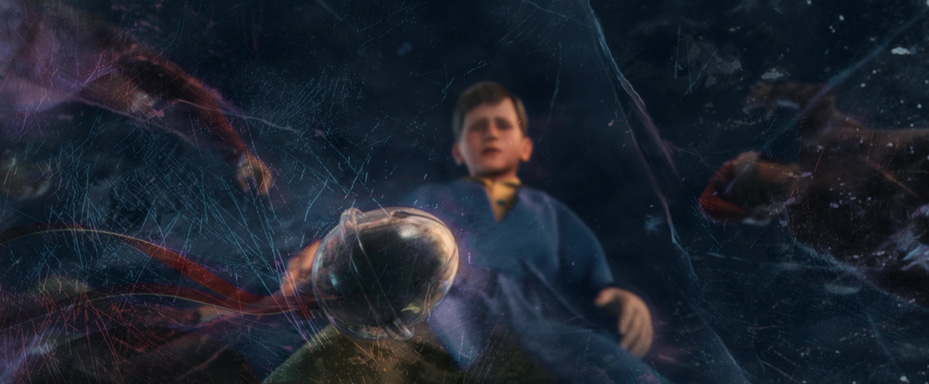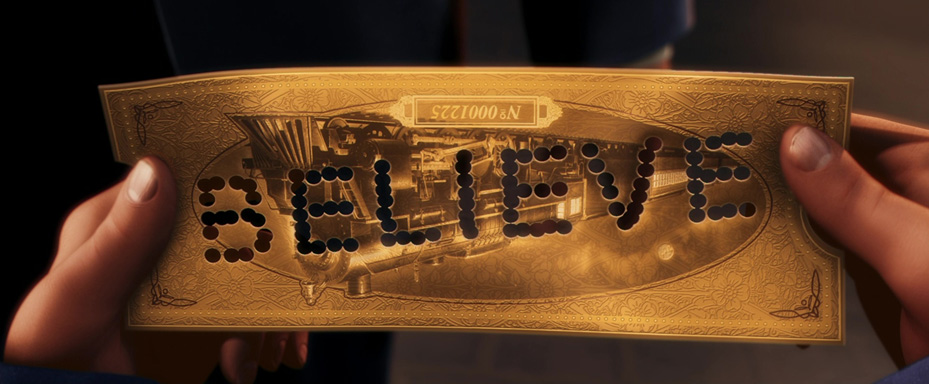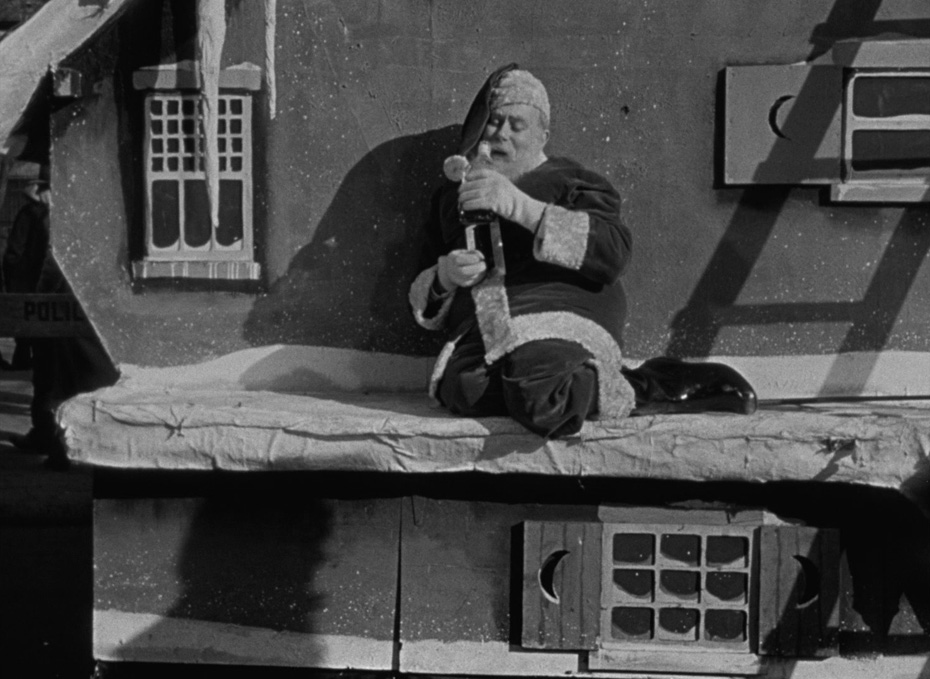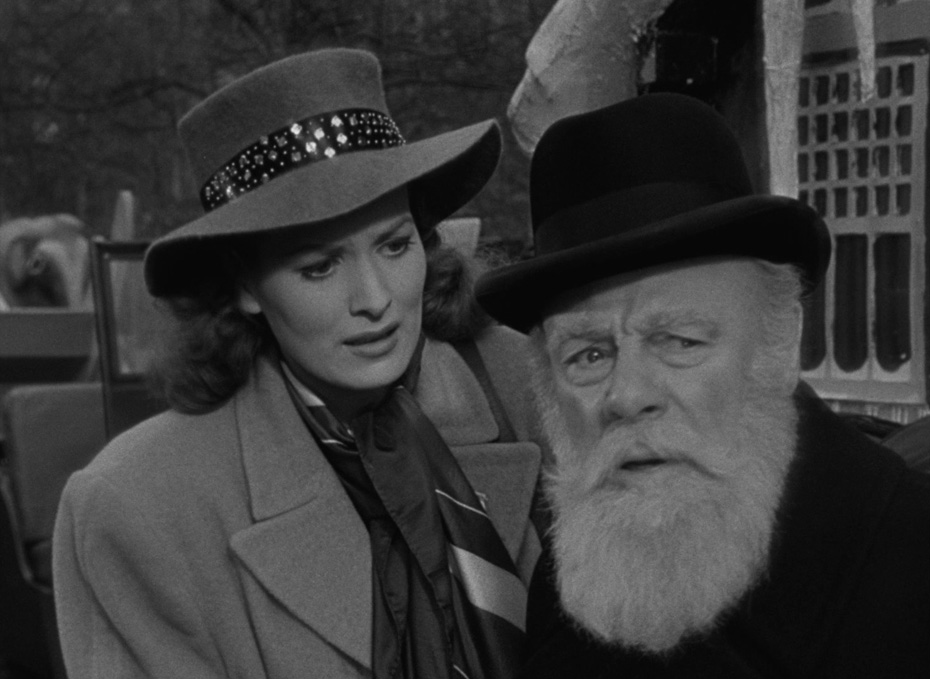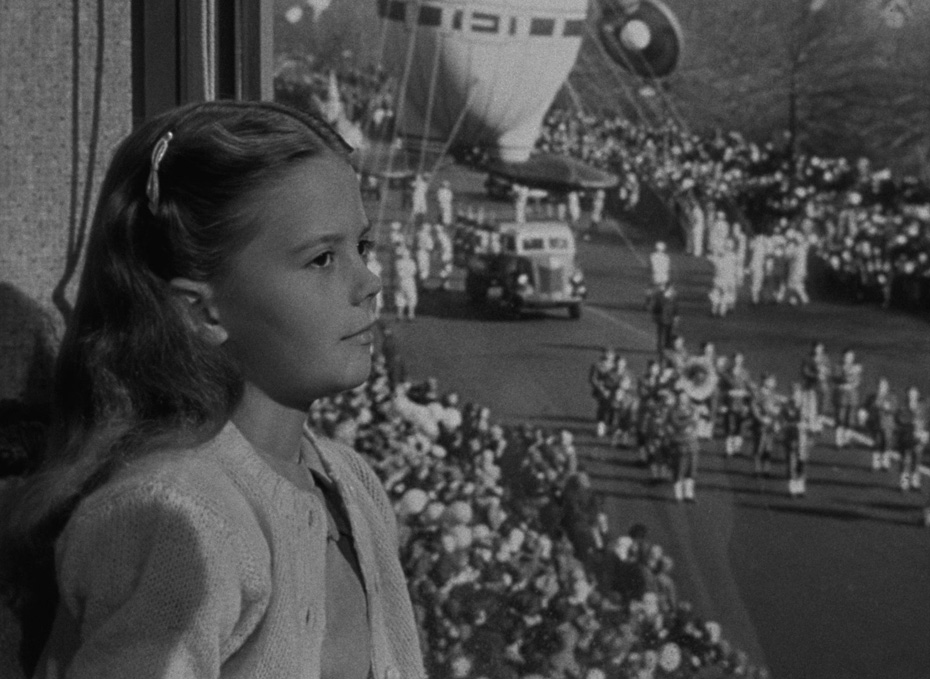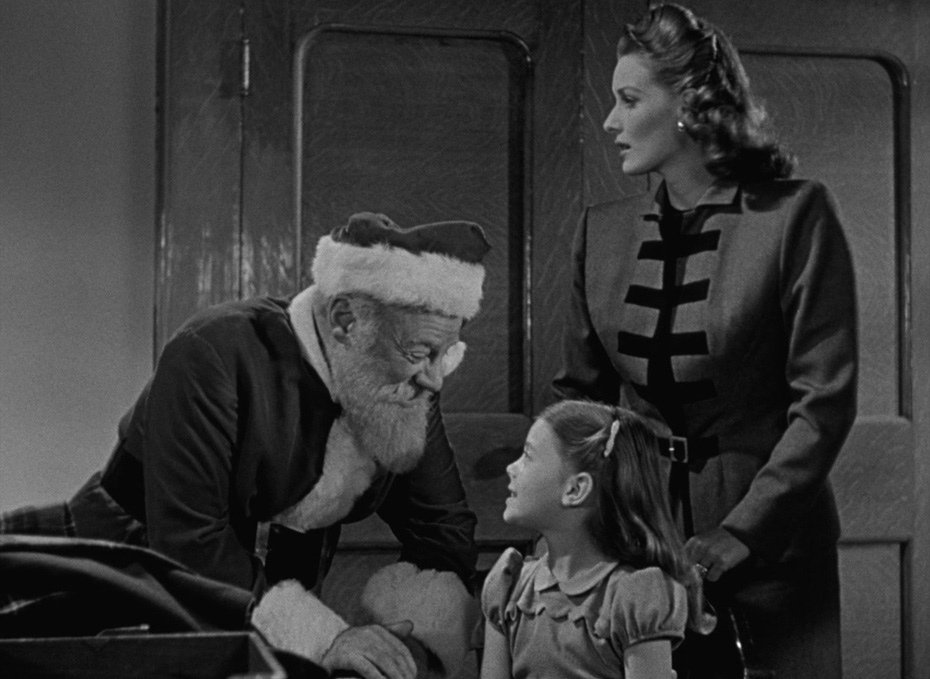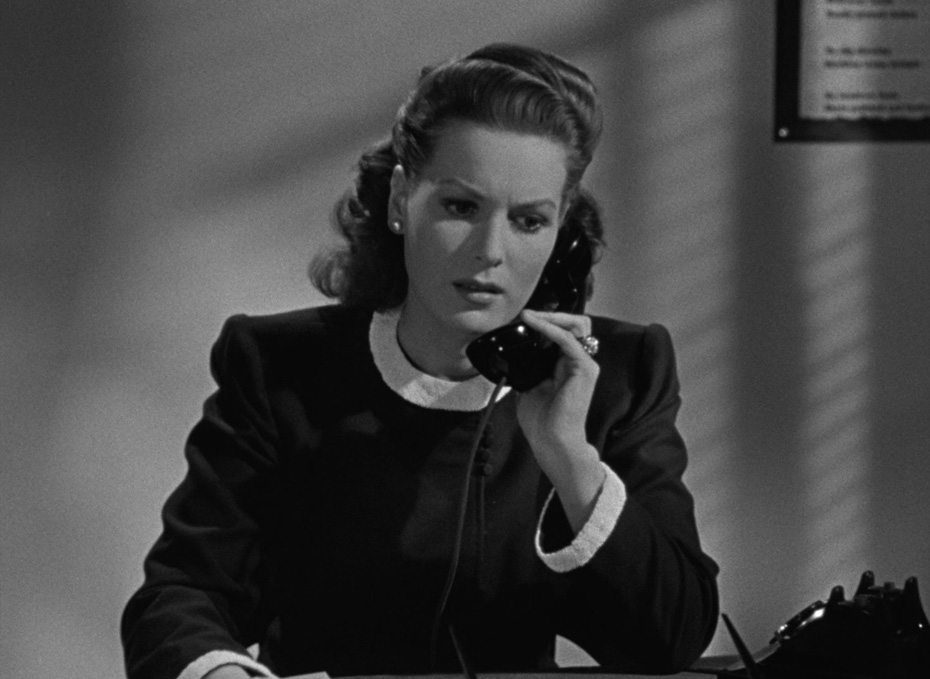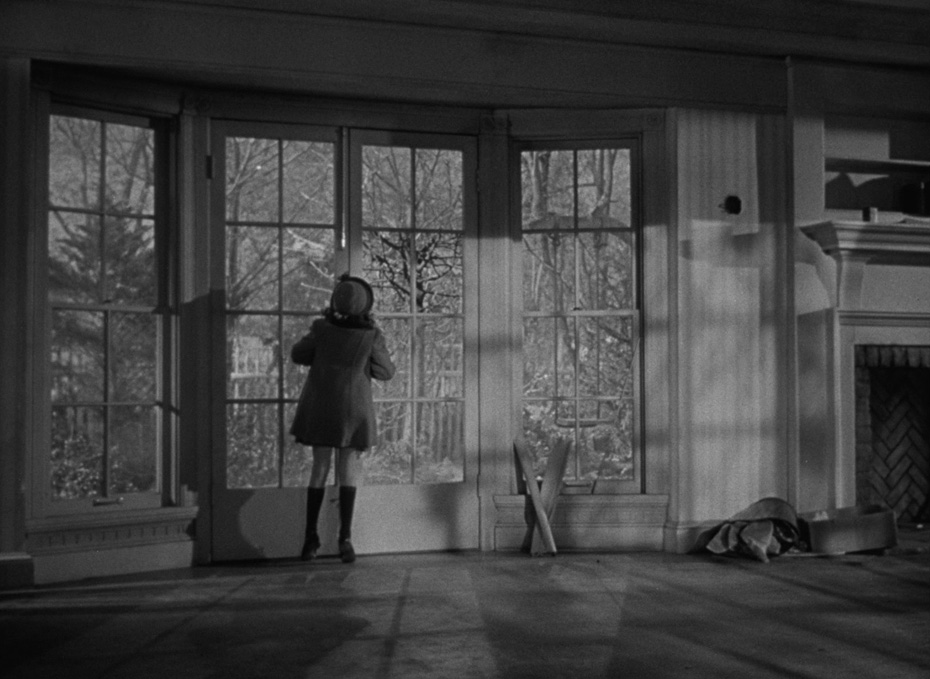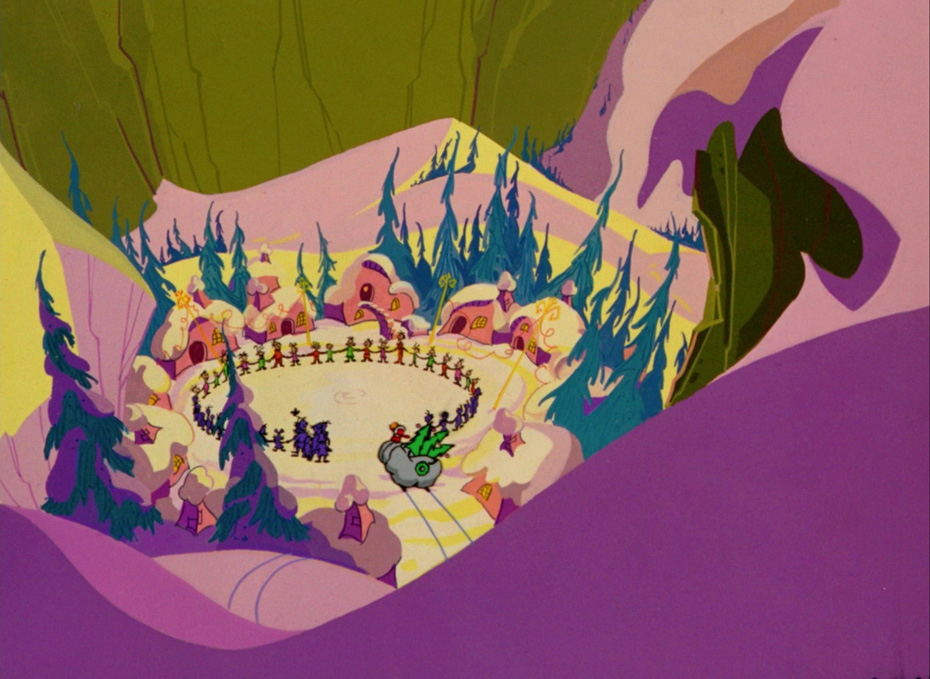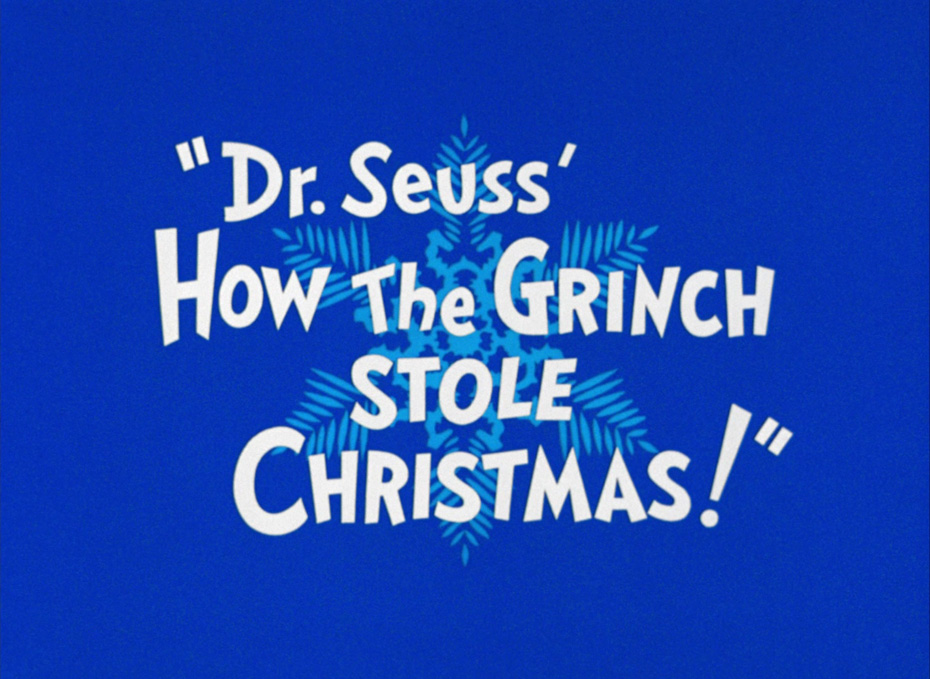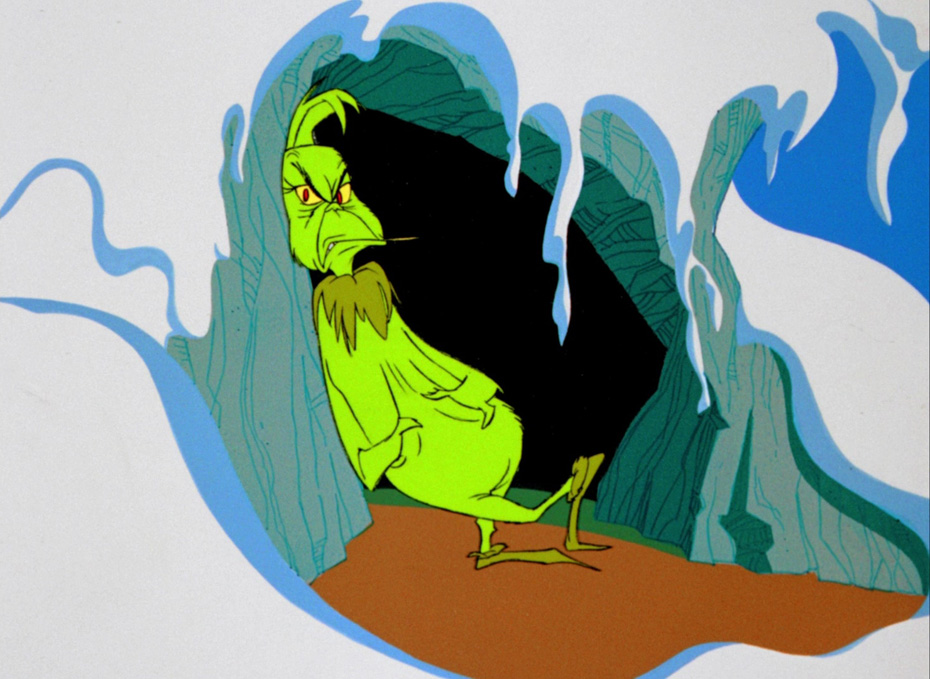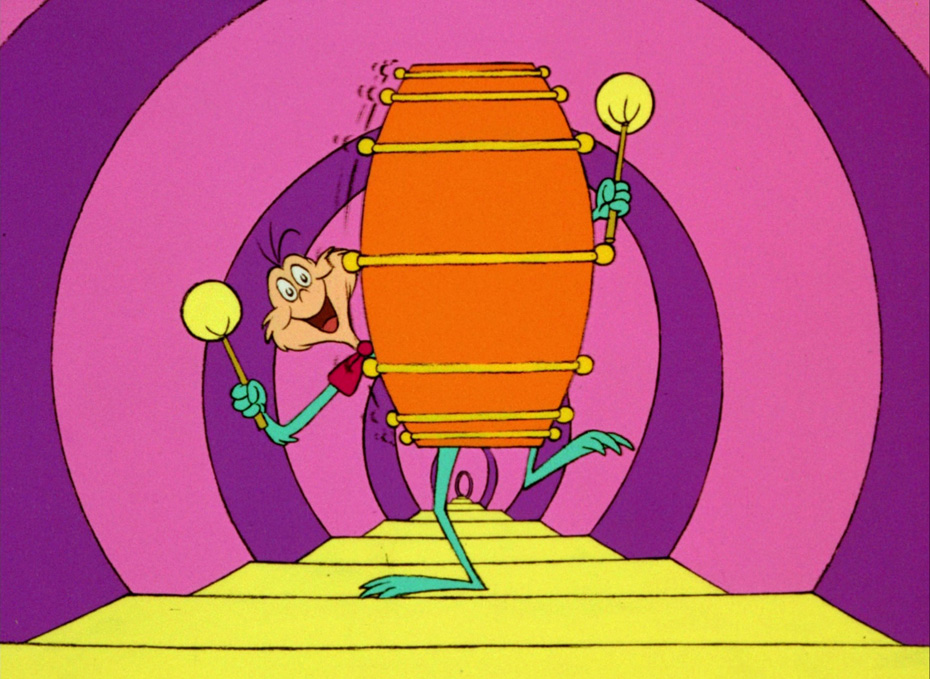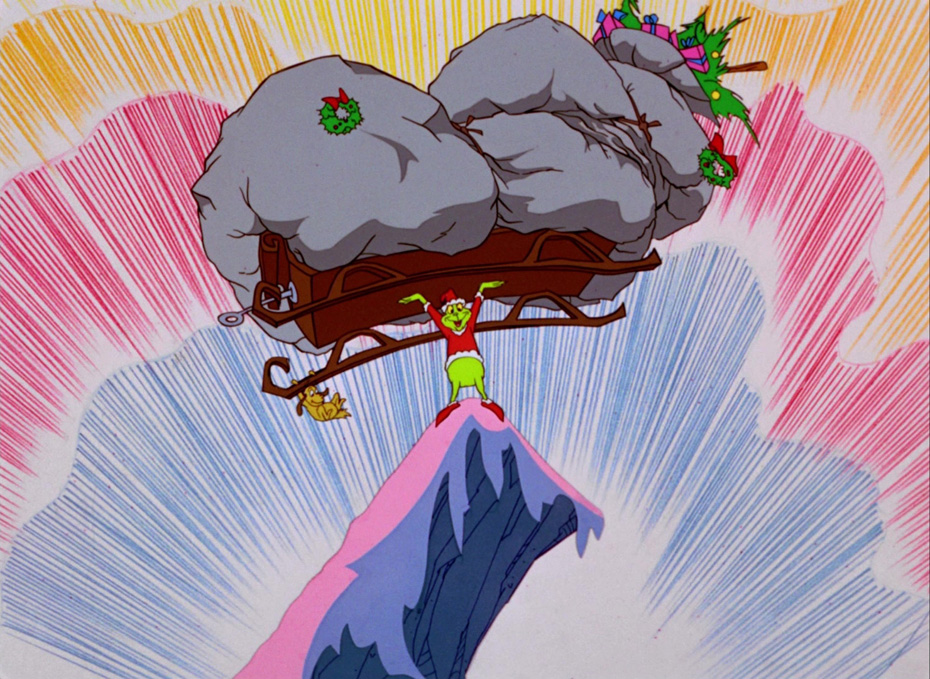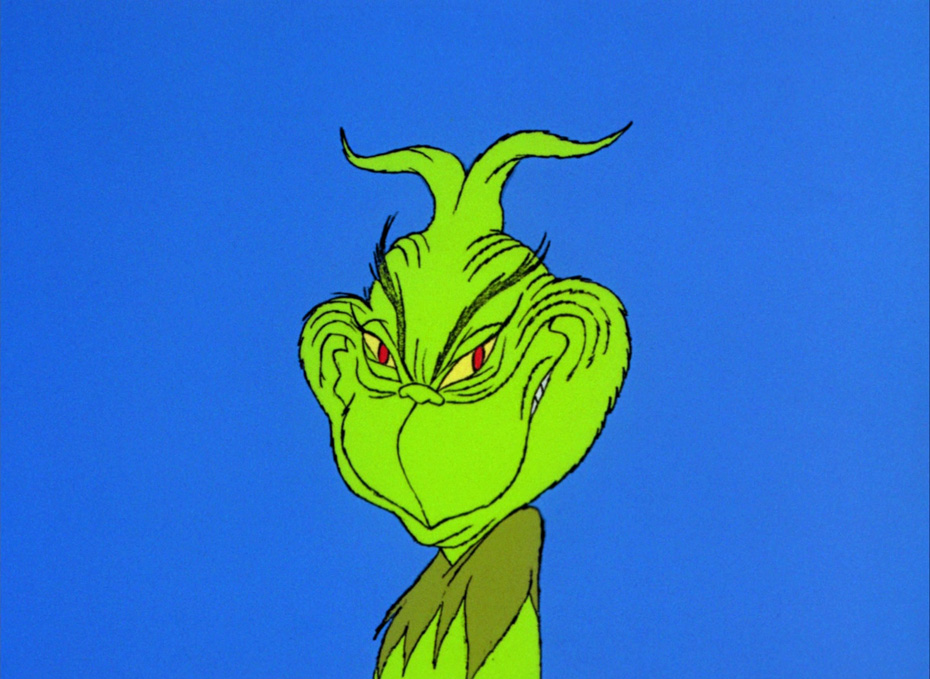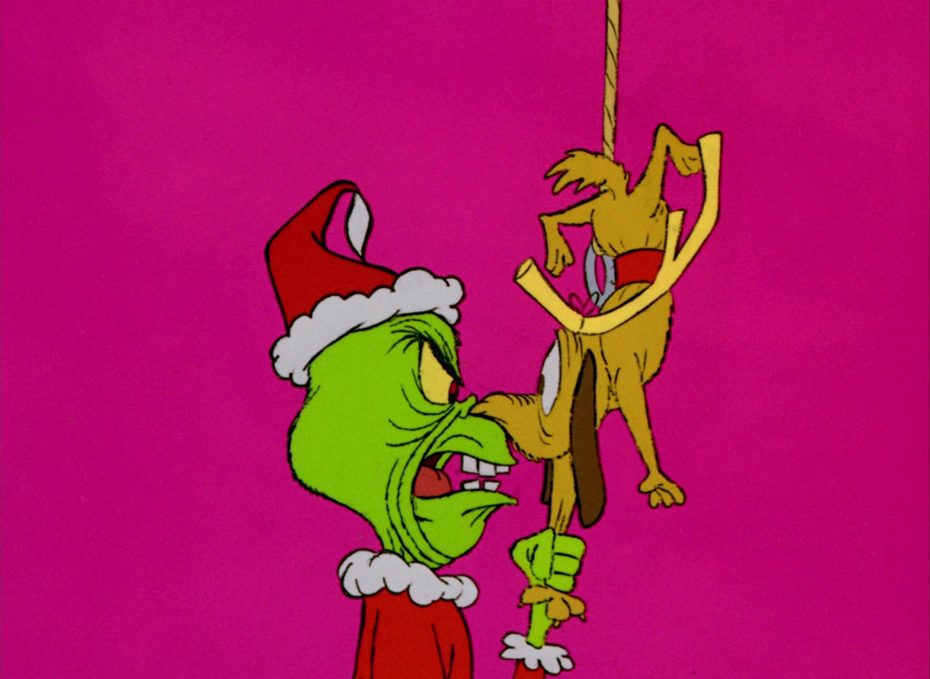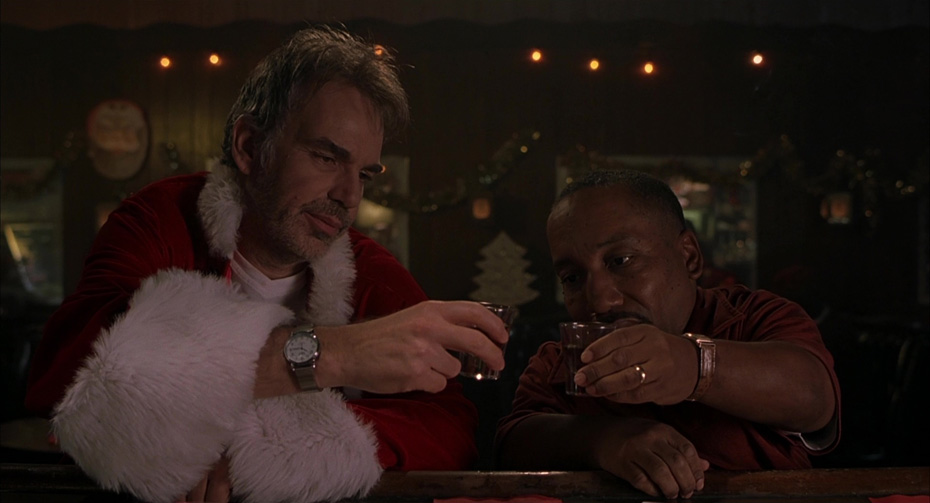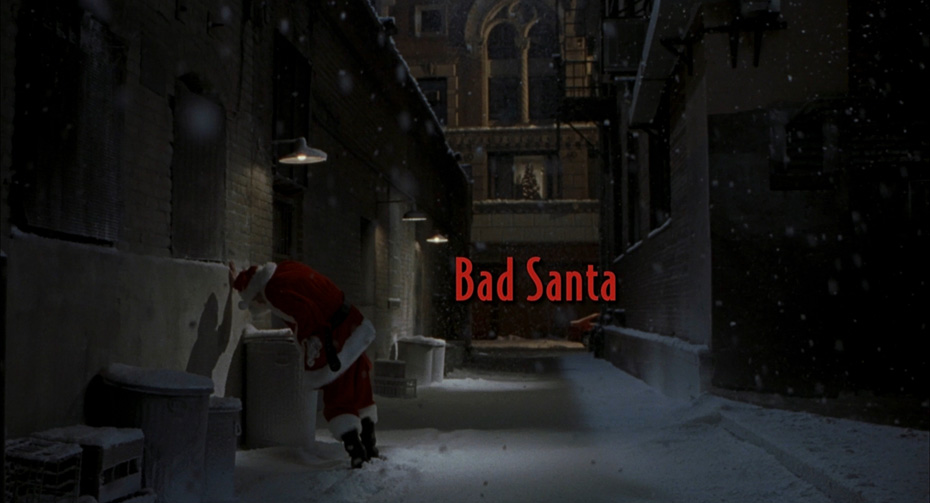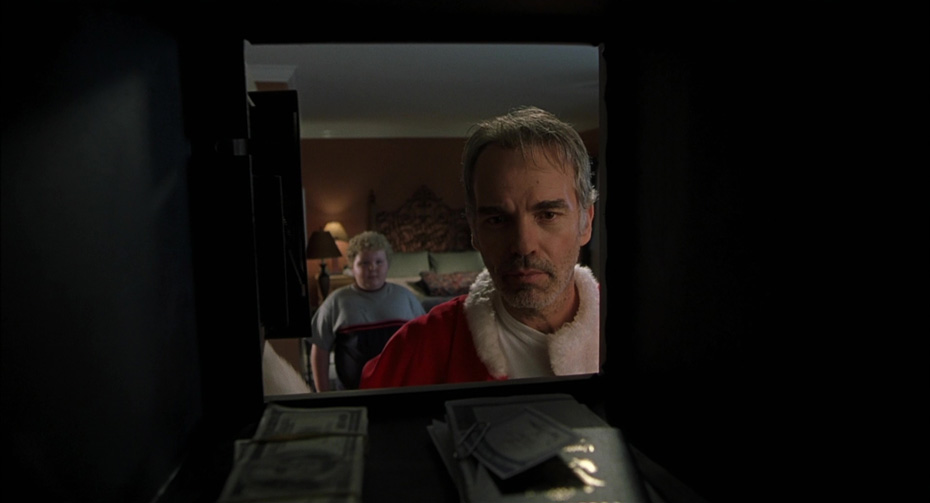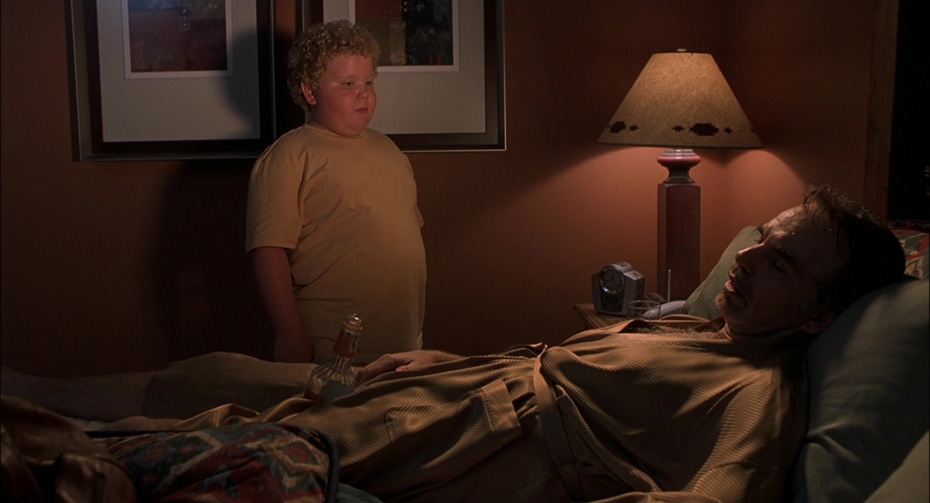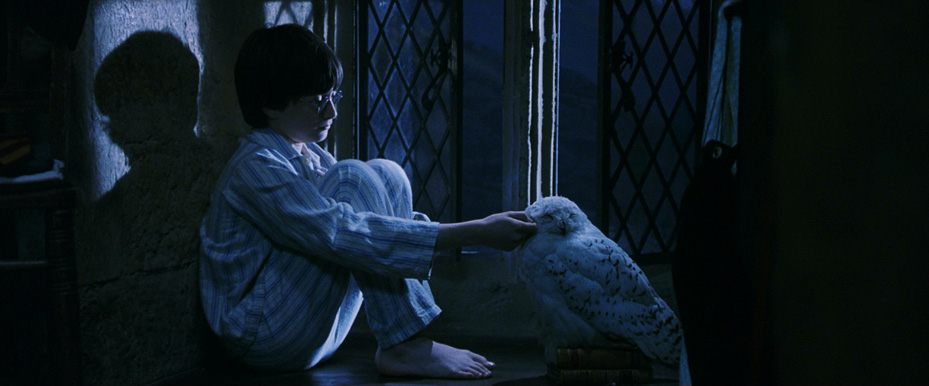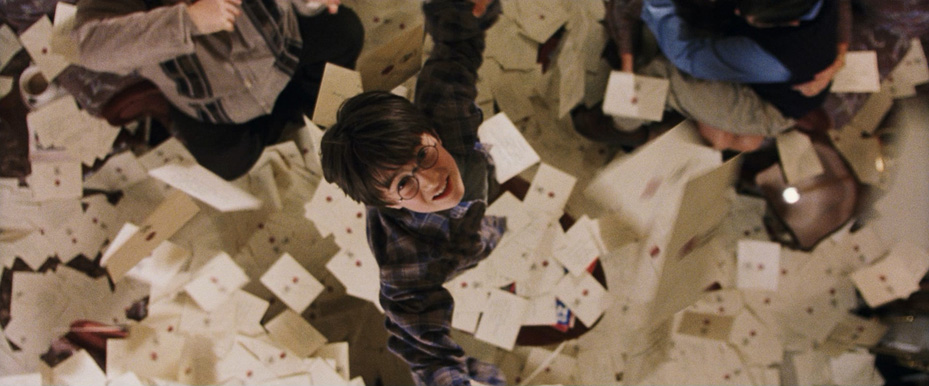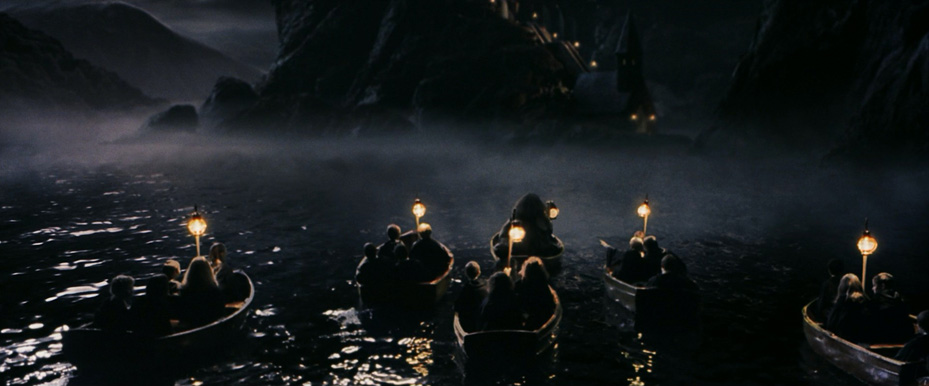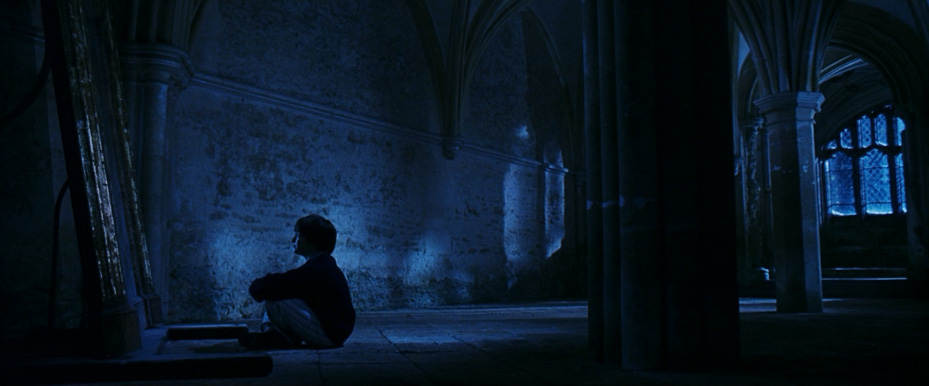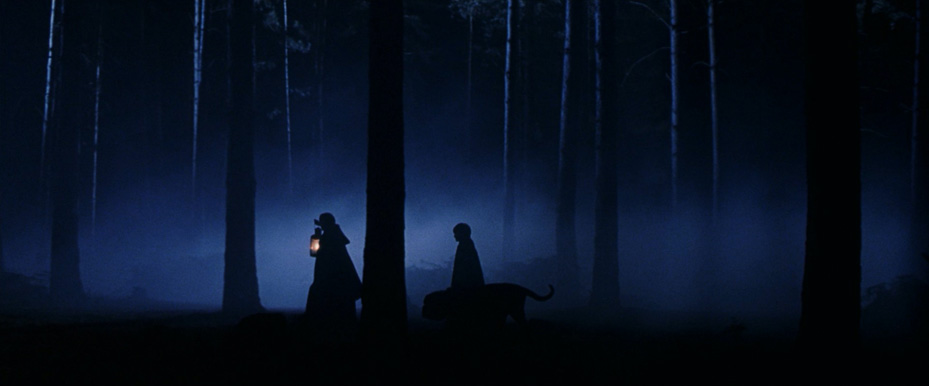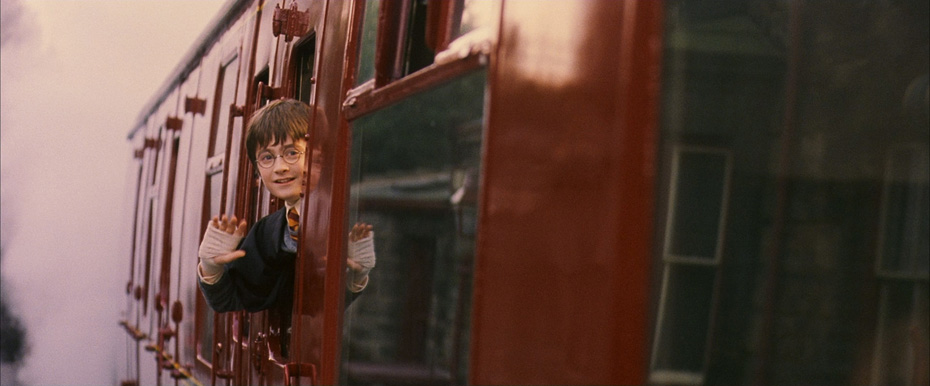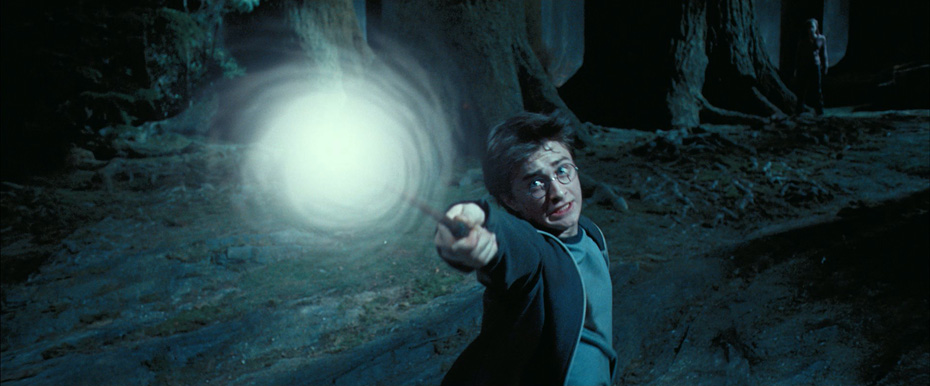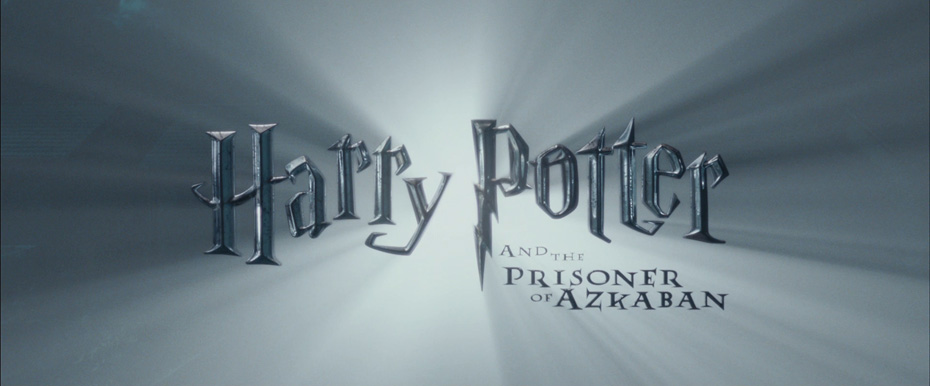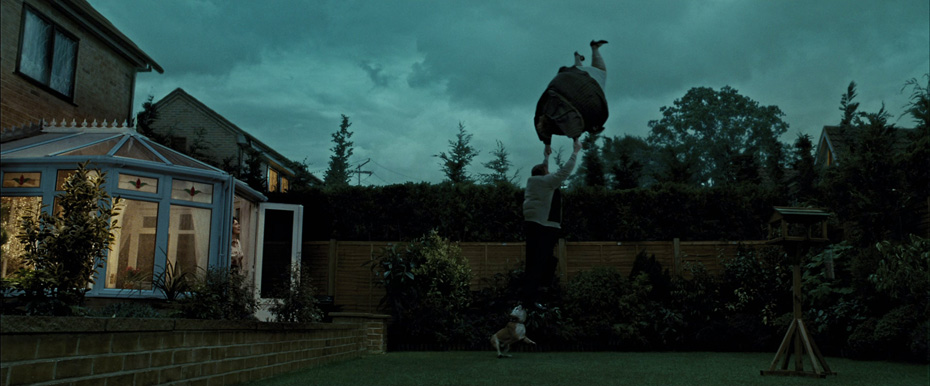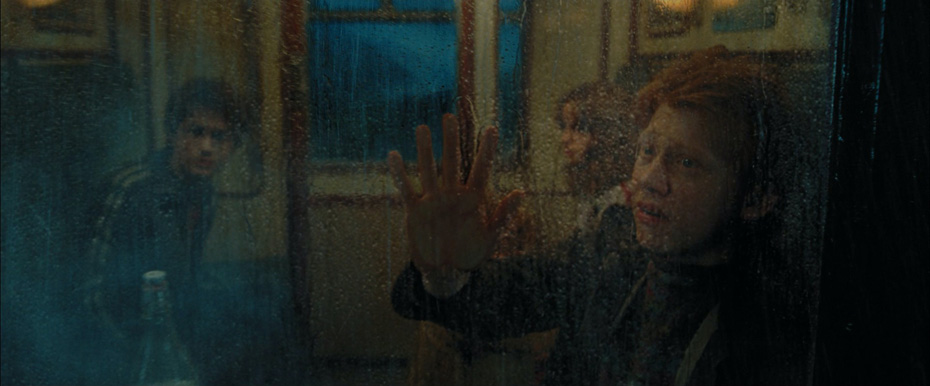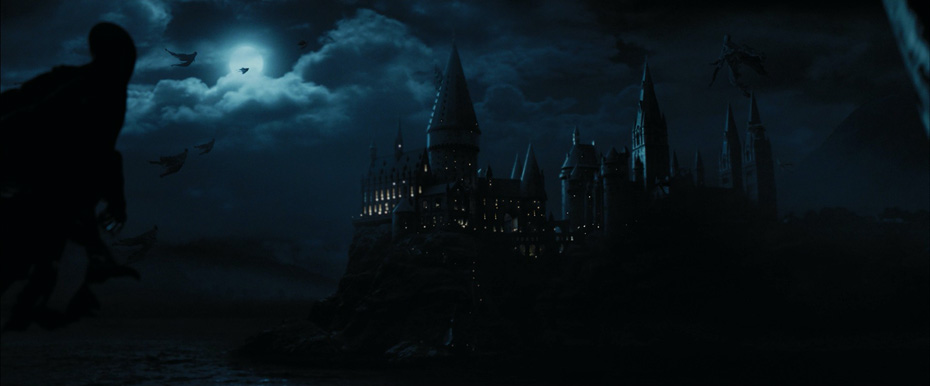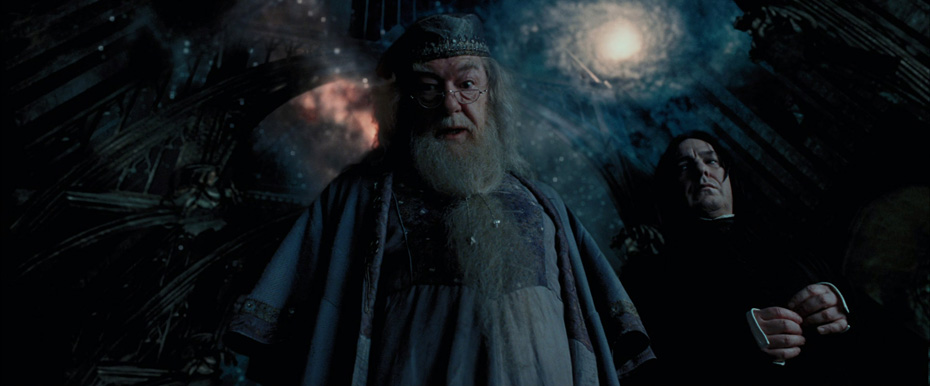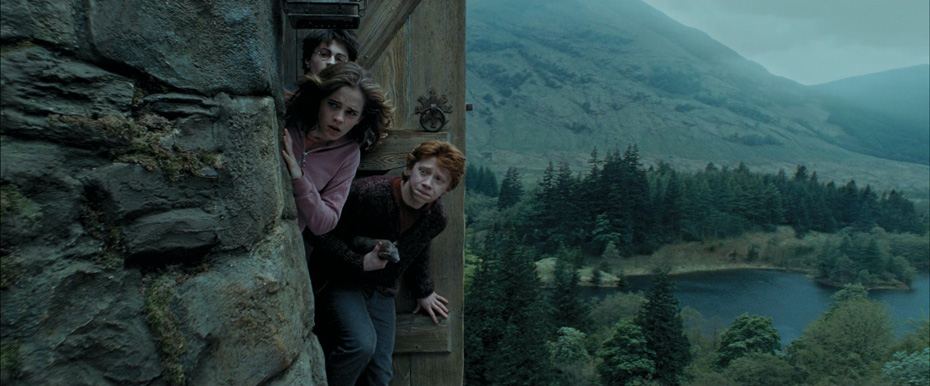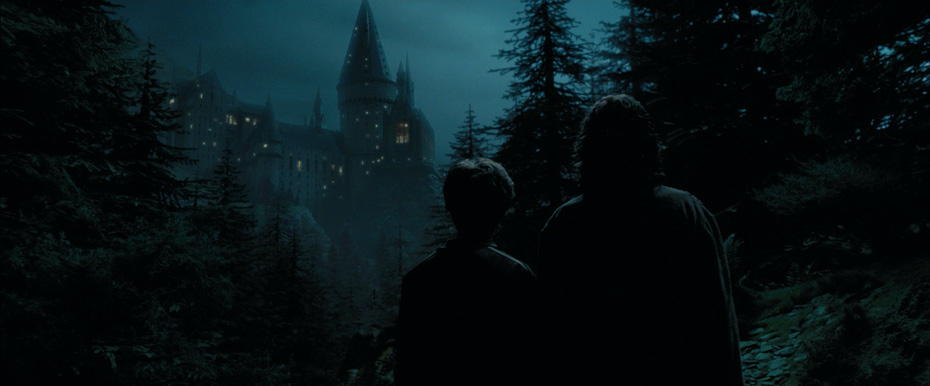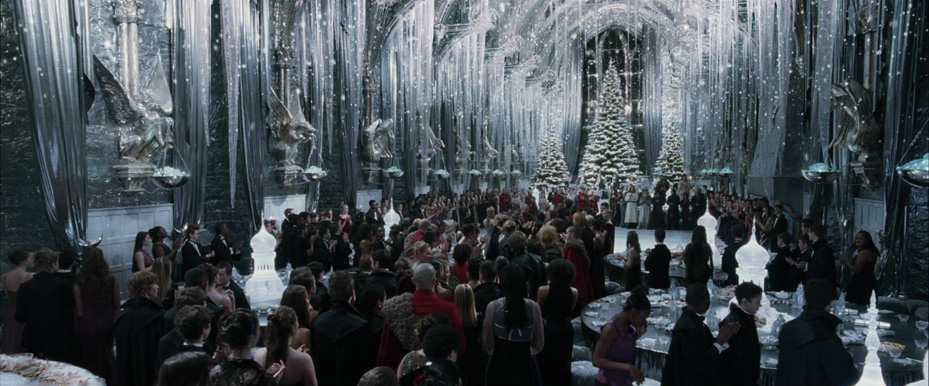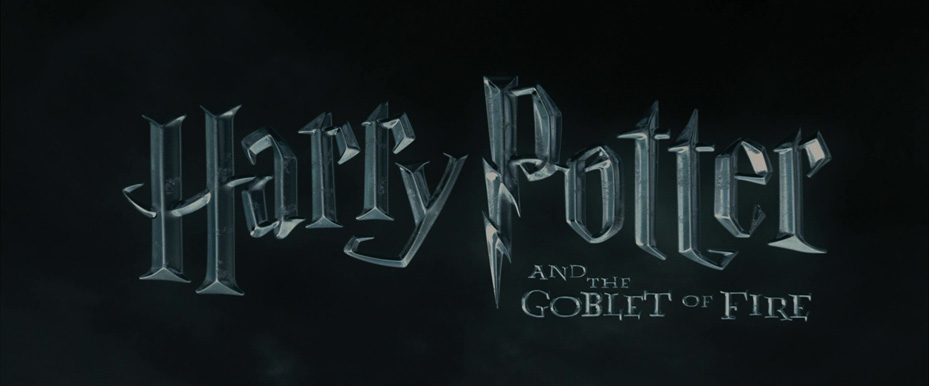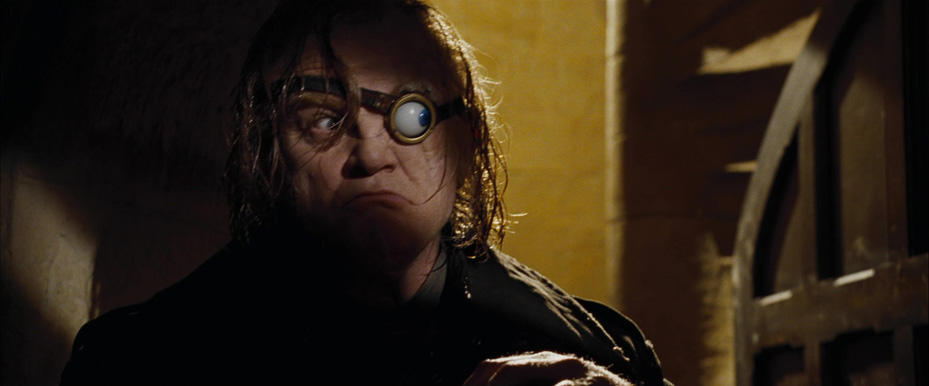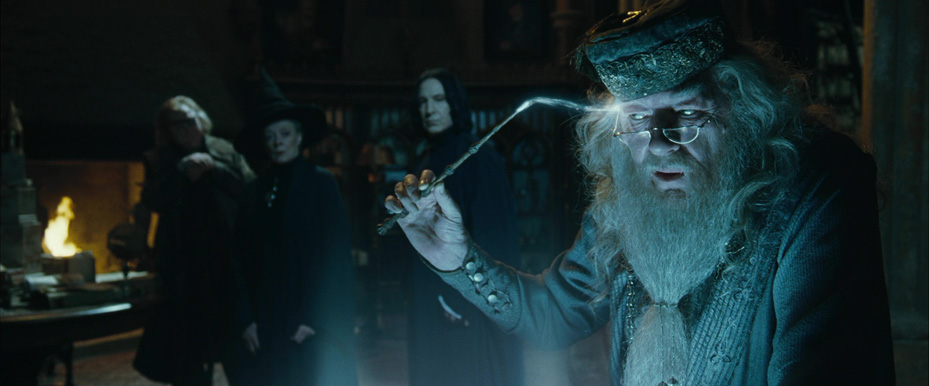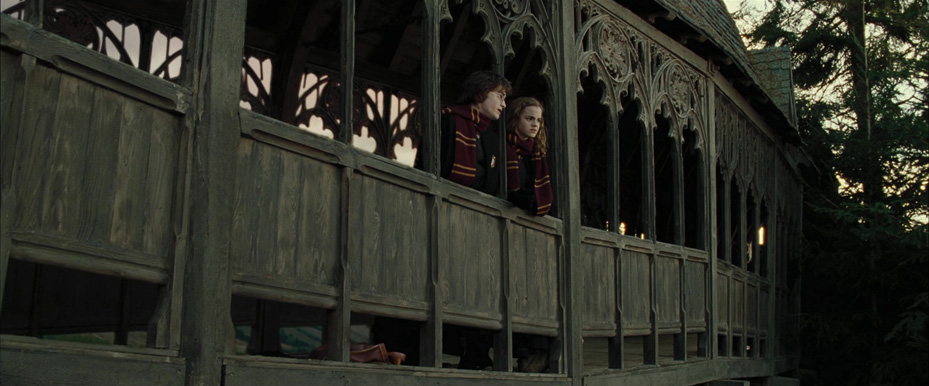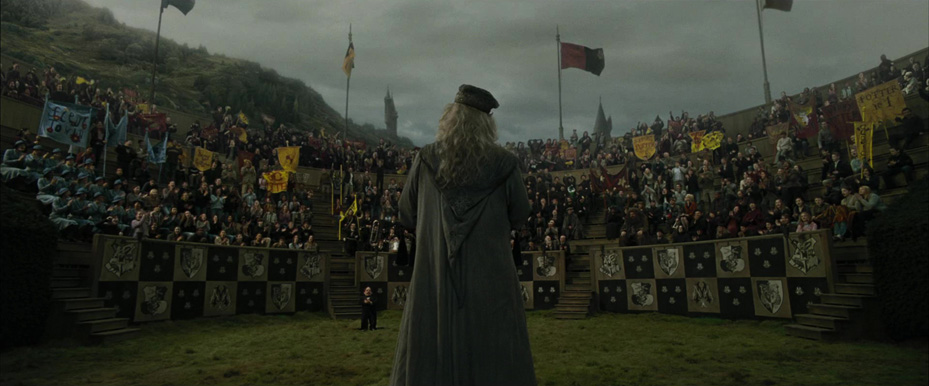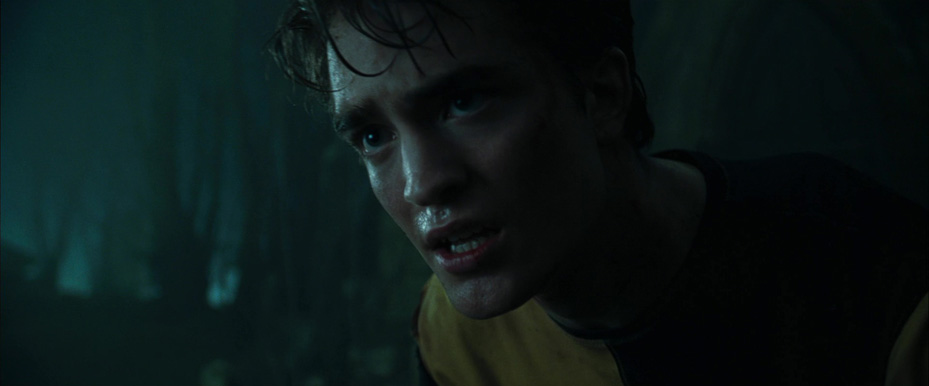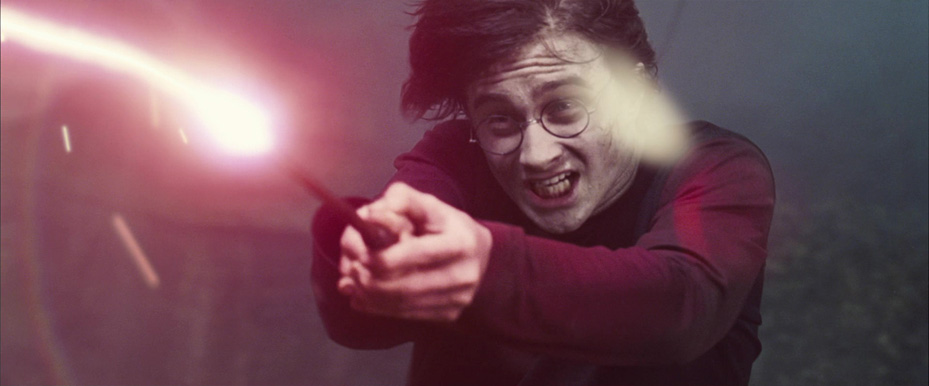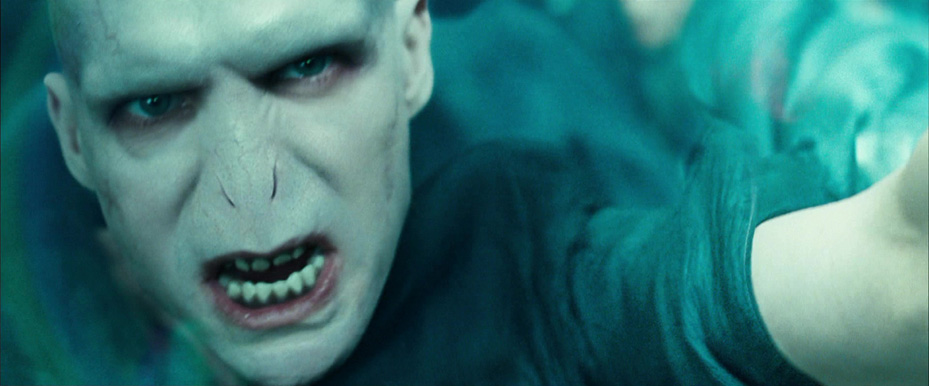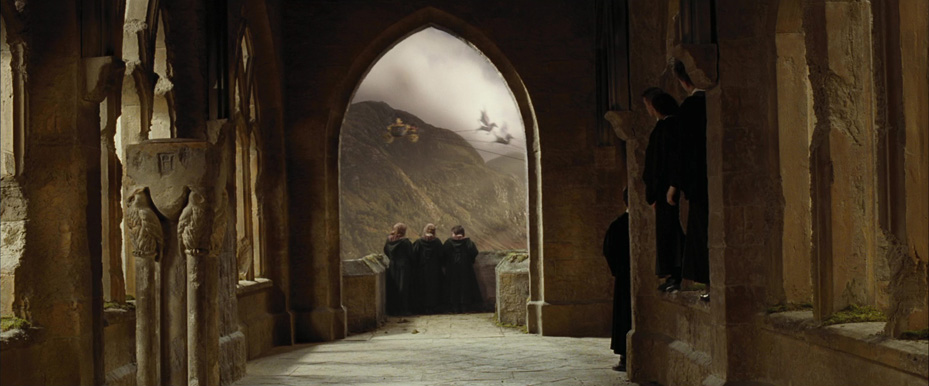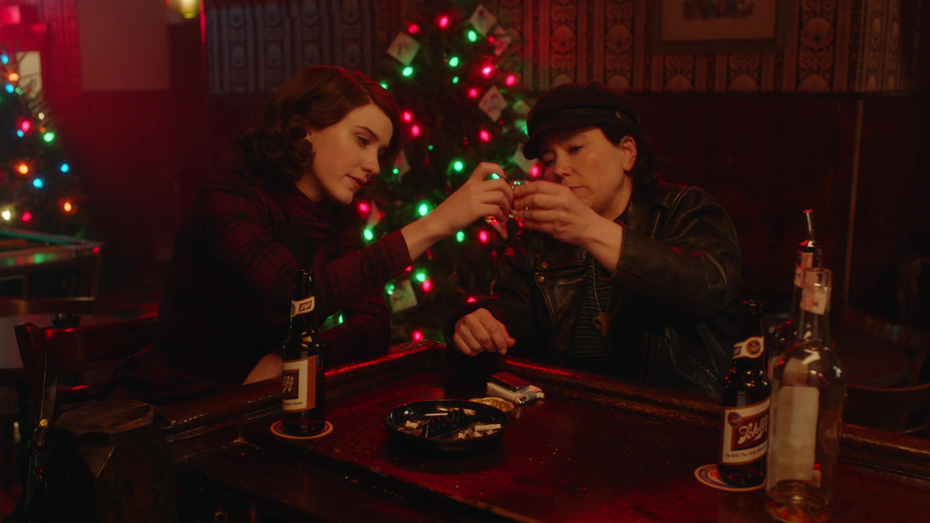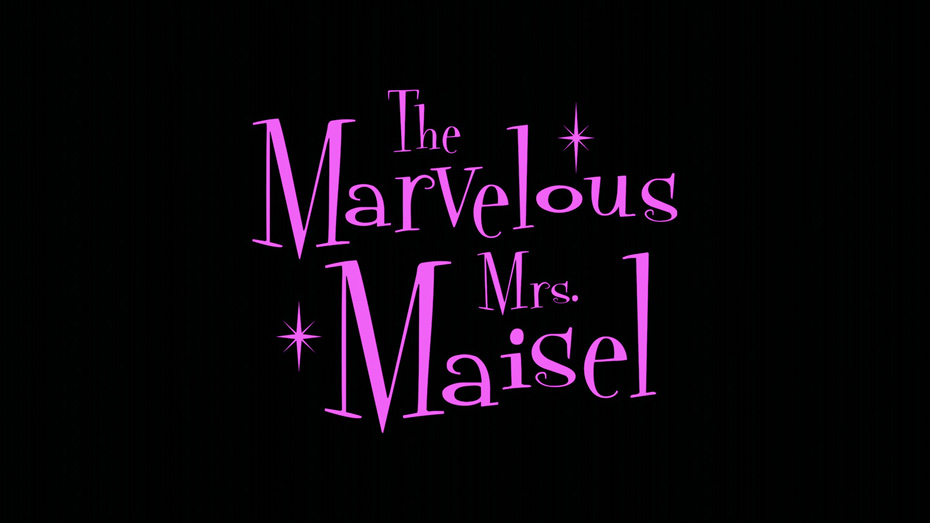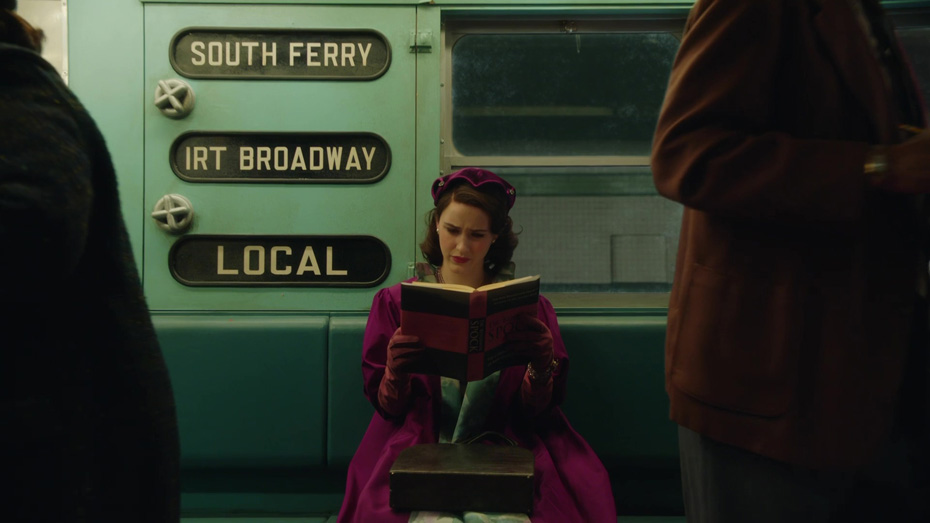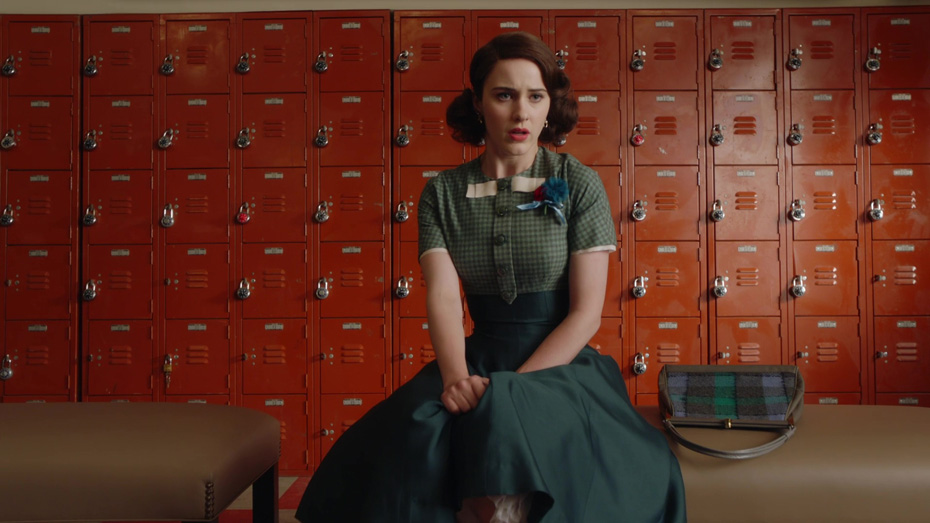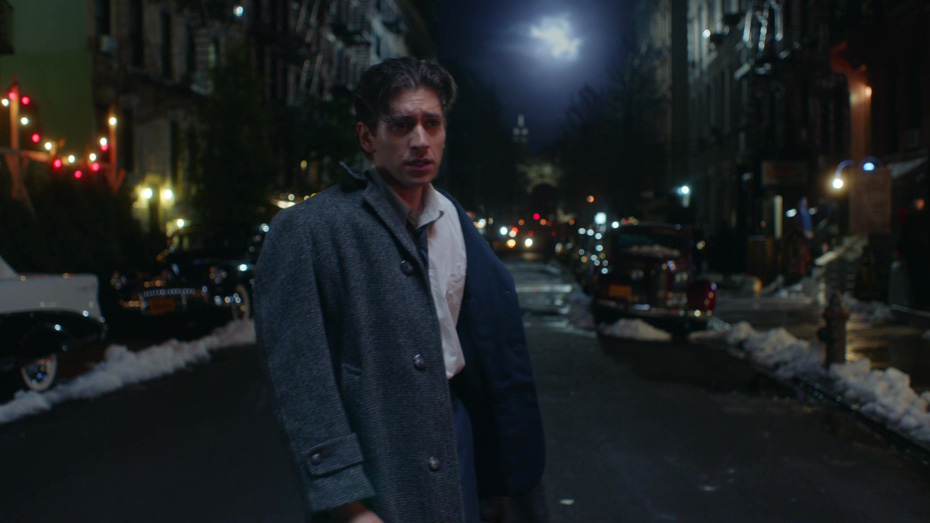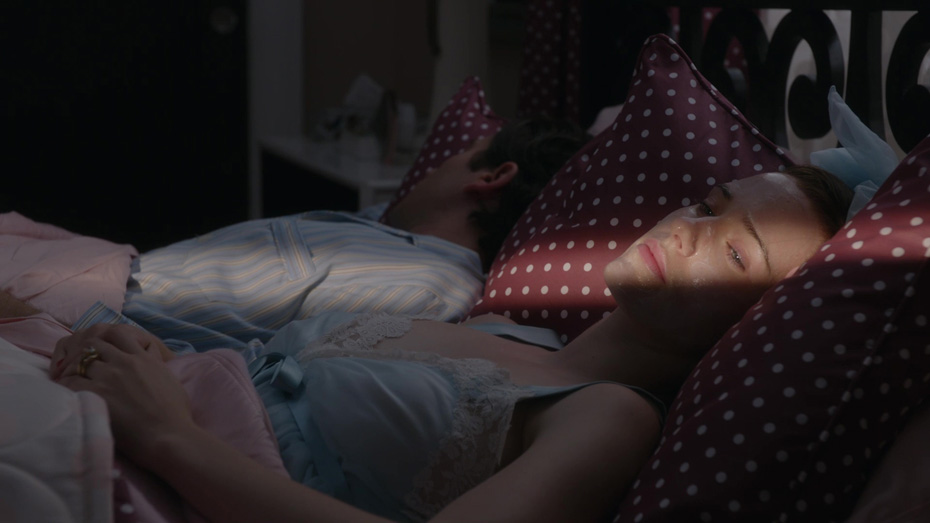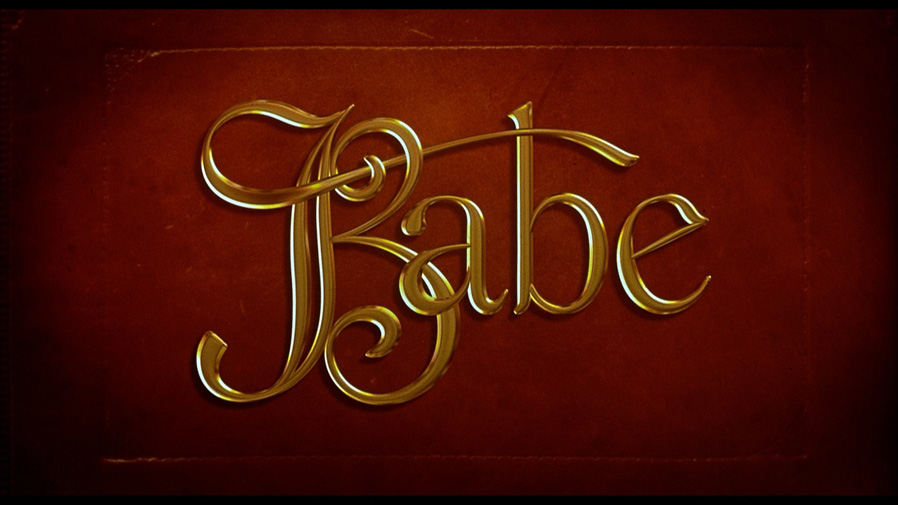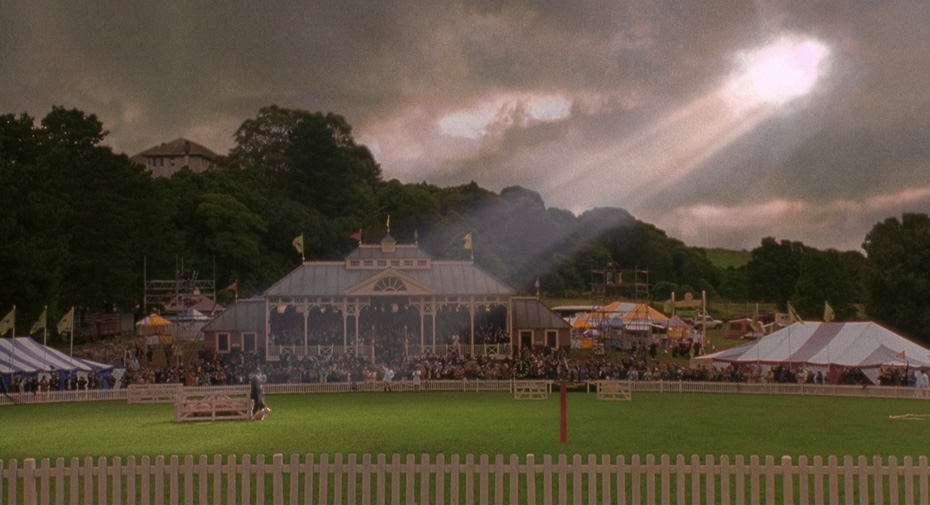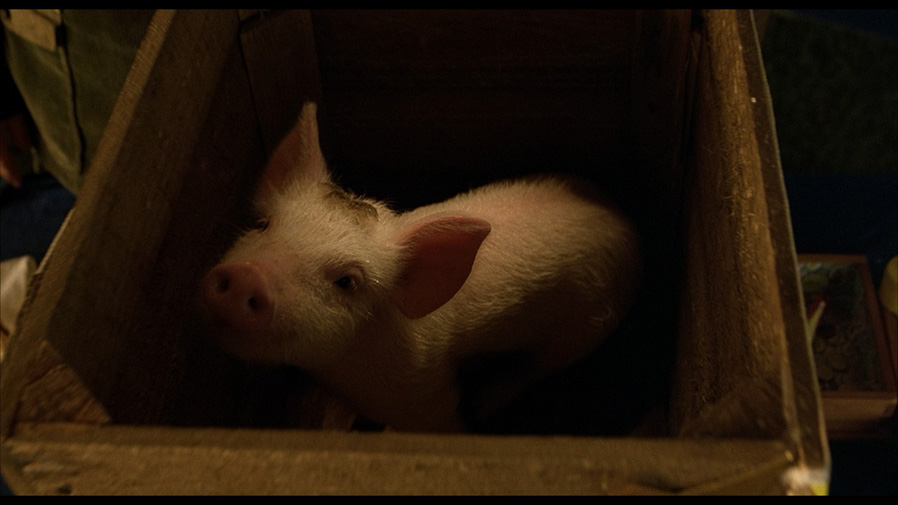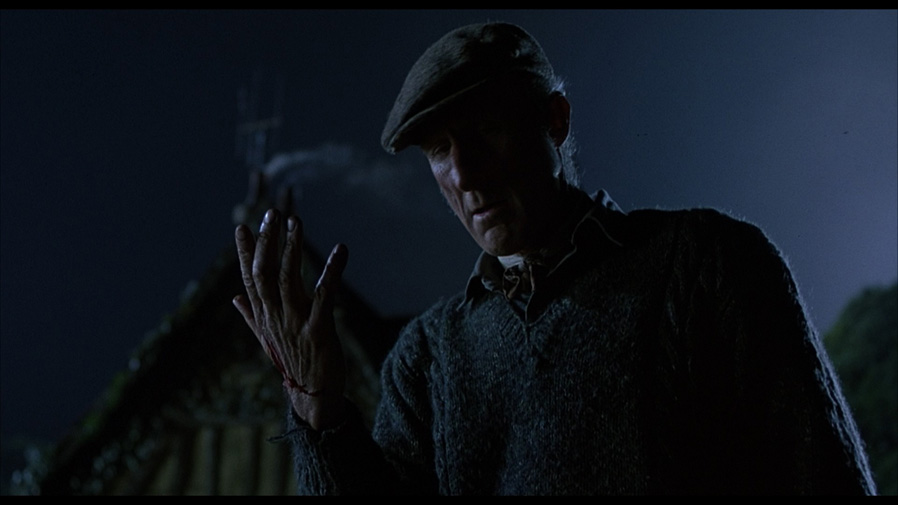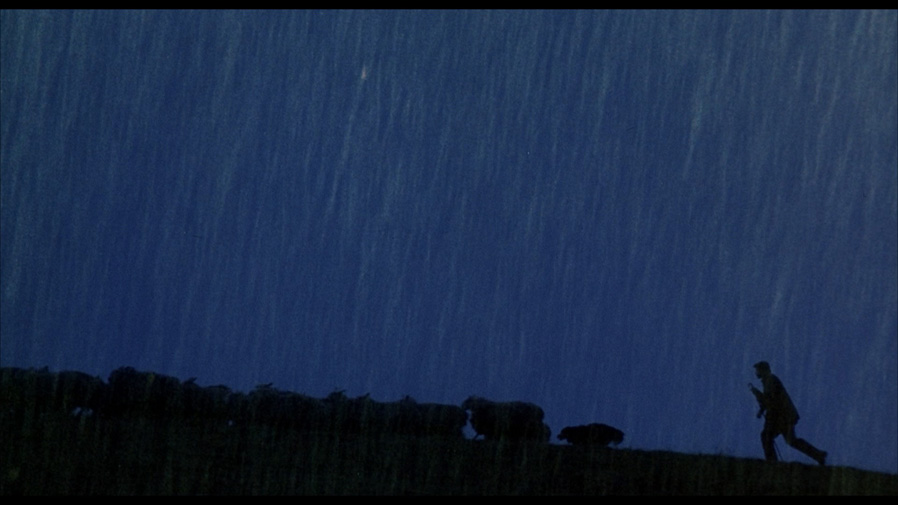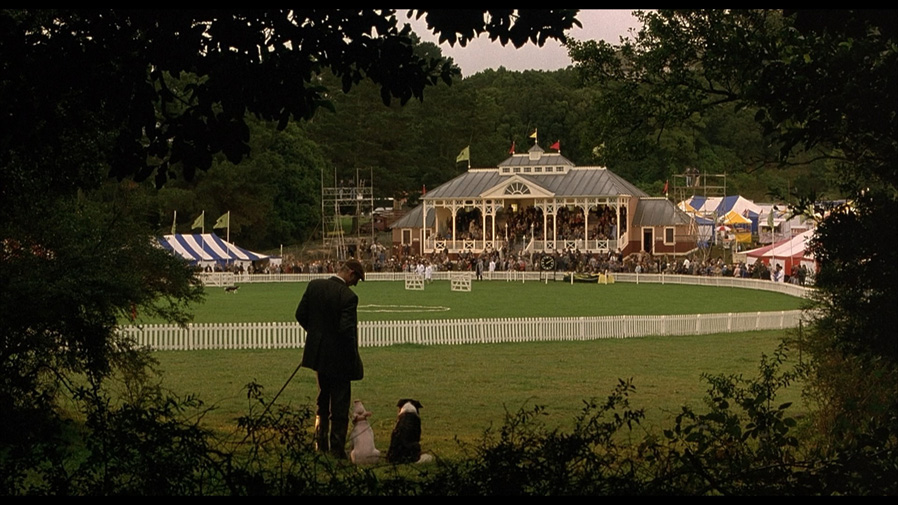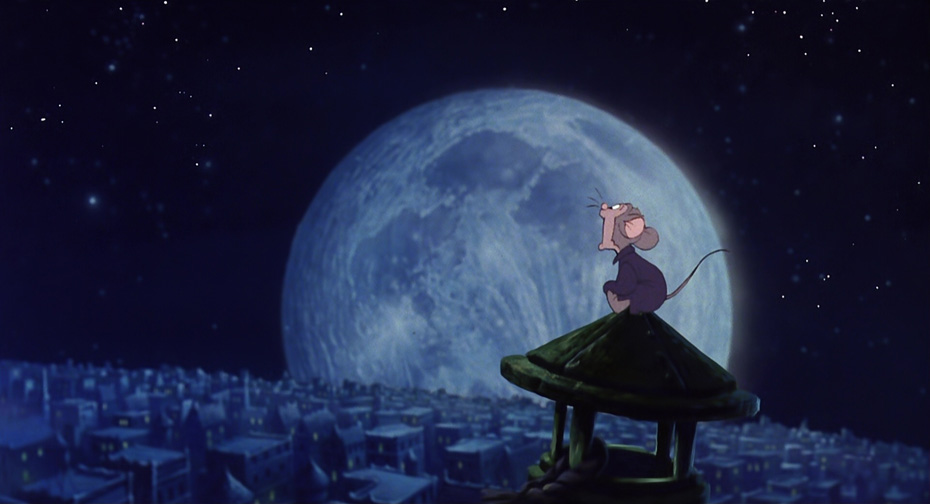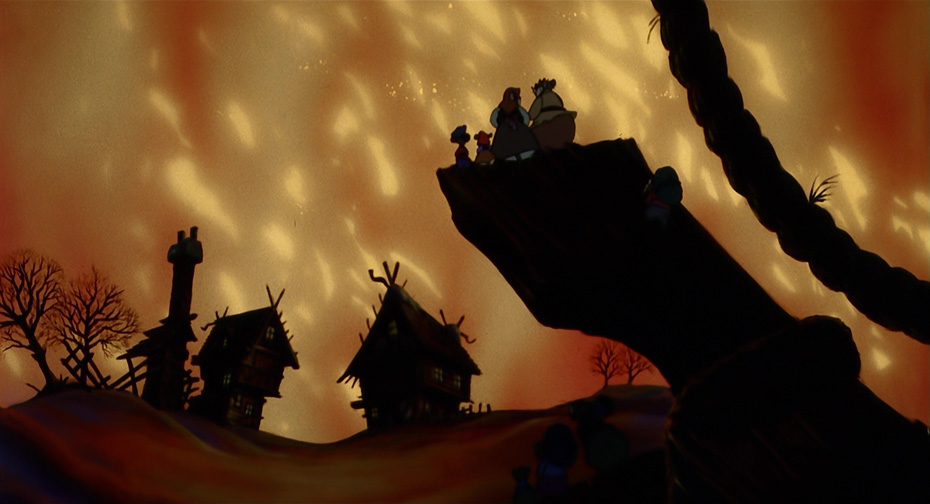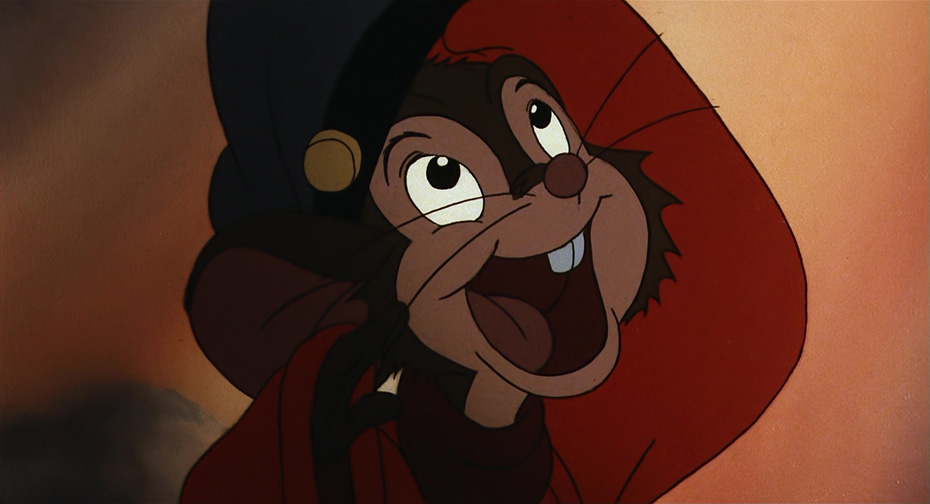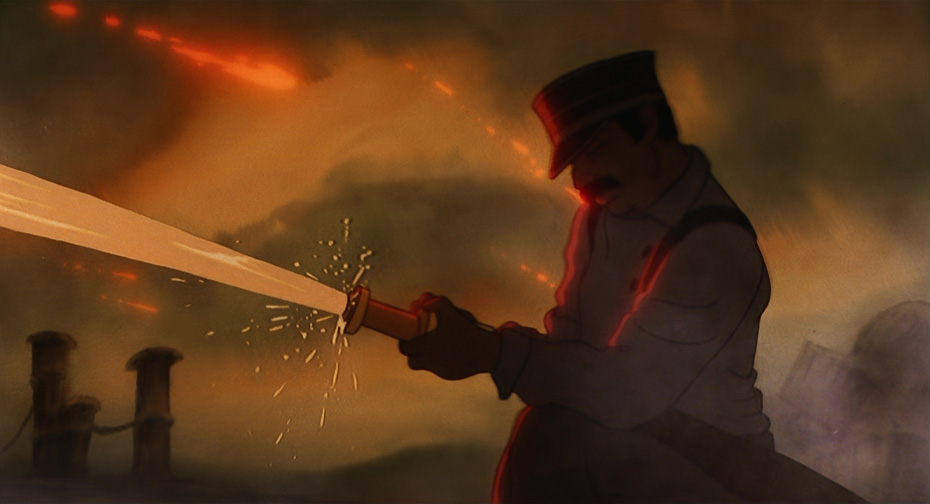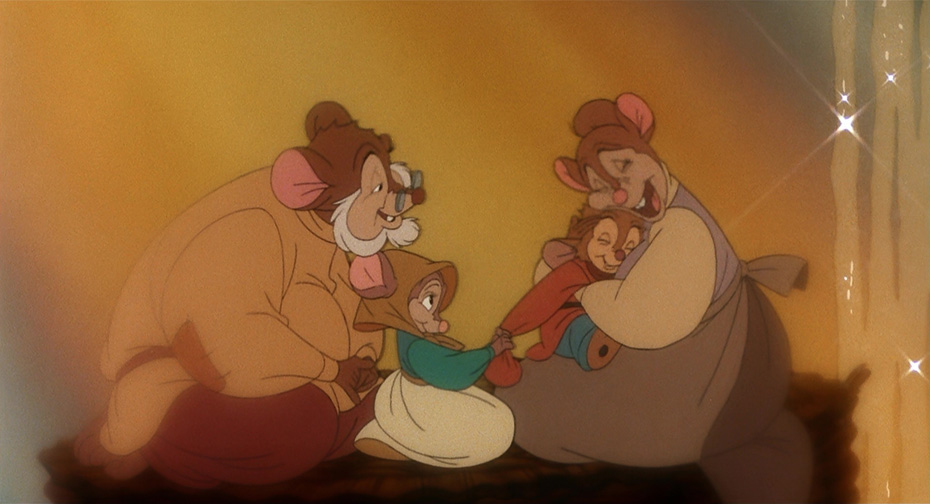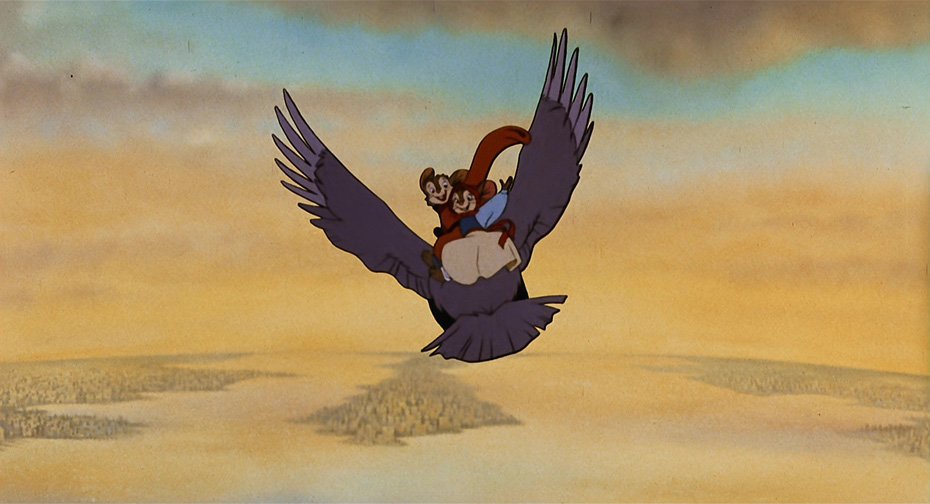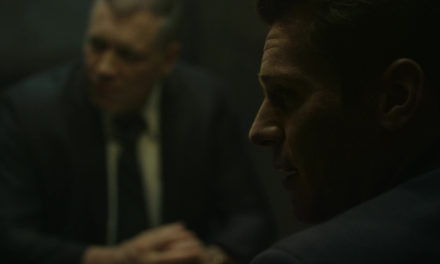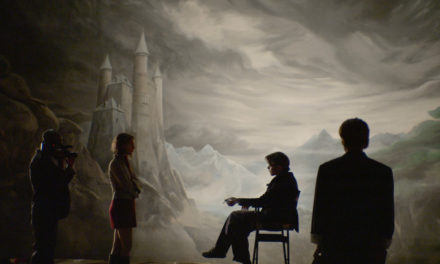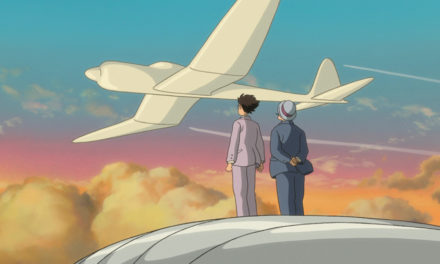THE TUESDAY DROP: 4,600+ New Shots
12.20.22 Tis the season for cinema! We’re celebrating with a variety of holiday films, including some animated Christmas classics! Remember you can always request films for future drops by clicking here!
A CHARLIE BROWN CHRISTMAS (1965)
A CHARLIE BROWN CHRISTMAS is a 1965 animated television film special directed by Bill Melendez. It is based on the Peanuts comic strip created by Charles M. Schulz, and follows Charlie Brown when he is feeling depressed in spite of the onset of the holiday season. Lucy suggests he directs a neighborhood Christmas play, but he is ridiculed when he chooses a tiny Christmas tree as the centerpiece. A Charlie Brown Christmas was a primetime hit, and earned an Emmy Award and a Peabody Award, as well as selling over five million copies of its jazz soundtrack. Director Bill Melendez worked on the film’s animation with producer Lee Mendelson.
A Charlie Brown Christmas was animated using traditional cel animation methods. Melendez and Mendelson’s team began by creating pencil drawings of each frame, and then inking and painting the drawings onto cels. The cels were then placed onto a painted background to complete an individual frame. Overall, A Charlie Brown Christmas contains 13,000 individual drawings, animated at 12 frames per second (also known in animation as being animated in twos) to create the movement seen in the end. The design and conceit of the characters created by Schulz meant that movement was minimal for the characters in general, with the exception of Snoopy, who was designed and animated to be free in his movements.
HOME ALONE (1990)
HOME ALONE is a 1990 American Christmas action comedy film directed by Chris Columbus and written by John Hughes. The first film in the Home Alone franchise, the film stars Macaulay Culkin as Kevin McCallister, a boy who is forced to defend his suburban Chicago home from burglars (Joe Pesci and Daniel Stern) after his family accidentally leaves him behind on their Christmas vacation to Paris. John Heard, Roberts Blossom and Catherine O’Hara also star. Home Alone grossed over $476 million from its $18 million budget, launching Culkin as one of the most notable child stars of all time and setting the groundwork for several follow-up films. The film was also nominated for a Best Original Score Academy Award. Columbus worked on the production design of Home Alone with John Muto, whose filmography also includes projects such as Night of the Comet and Species.
Principal photography for Home Alone took place over 83 days, with exterior photography at a three story single family house in Winnetka, Illinois (the same setting for several other John Huges films). While the interiors of the house were filmed on location for scenes in the main staircase, basement, attic and first floor landing, Columbus and Muto decided that it would be safest and most controllable for the production if the rest of the rooms were duplicated on sound stages, allowing space for crew and equipment without impeding the set and putting actors in danger for the many stunts the film involved.
HOME ALONE 2: LOST IN NEW YORK is a 1992 American comedy directed by Chris Columbus and written and produced by John Hughes, in a follow-up to the 1990 film Home Alone. The film stars Macaulay Culkin as Kevin McCallister, who is separated from his family on their Christmas vacation to Florida, ending up in New York City by mistake and encountering the Wet Bandits (Joe Pesci and Daniel Stern) again. Home Alone 2: Lost in New York grossed over $359 million worldwide from its $28 million budget, becoming the third highest-grossing film of the year and one of the most successful sequels made up to that point. Columbus worked on the film with Argentinian cinematographer Julio Macat, whose credits include Wedding Crashers, Pitch Perfect and The Nutty Professor.
Columbus and Macat wanted to replicate the warm, family-friendly tones that had defined the first Home Alone film and push things into slightly more sinister, dark places, given the big city setting of the film as well as the more sinister nature of some of the action and fight scenes. A lot of this was achieved in the filtration and lighting approach for Macat, who wanted to start from a soft, dreamy starting point and then push things into more dramatic territory when the story called for it. Macat used a netting material thinner than stockings behind the lens (almost like a wedding veil thickness), combined with black pro-mist on the lenses to create a soft image with star-like bokeh. Macat often would bounce light and then run it through muslin diffusion as a key source for most frames, hardening or softening the light and playing with exposure and contrast as a way of pushing the tone of the story into darker and scarier territories as the scenes called for it.
THE POLAR EXPRESS (2004)
THE POLAR EXPRESS is a 2004 American computer-animated fantasy adventure Christmas film directed and co-written by Robert Zemeckis, based on the 1985 children’s book of the same name by Chris Van Allsburg. The film tells the story of a young boy who, on Christmas Eve, sees a mysterious train bound for the North Pole stop outside his home, and joins its conductor and several children on a journey to visit Santa Claus. The film stars Tom Hanks, Daryl Sabara, Nona Gaye, Jimmy Bennett and Eddie Deezen. The Polar Express was made for a record-breaking $165-70 million, and after premiering at the Chicago International Film Festival, grossed over $314 million worldwide. The film was later nominated for Academy Awards in the Best Sound Editing, Best Sound Mixing and Best Original Song categories. Zemeckis worked on the film with American cinematographers Don Burgess and Robert Presley.
The Polar Express was the first film ever made with entirely CGI motion capture visual effects. Actors would perform inside a 10×10 area in suits that were being captured and recorded by computers to then produce the final animation. The system, called Vicon, had 72 cameras simultaneously capturing data that would inform the movements and details of the animation that was then rendered, down to the facial rigging tracking muscle movements in the actors’ faces. Because of the novelty of the technology, the actors often had to exaggerate their performances to be captured properly by the system. The system also worked in a way that meant that camera placement and shots did not necessarily have to be pre-determined by Burgess and Presley, who could observe the performances in animated space and then decide, using a wheel interface, where to place the camera and how to capture the shot.
MIRACLE ON 34TH STREET (1947)
MIRACLE ON 34TH STREET is a 1947 American Christmas comedy-drama film written and directed by George Seaton, based on a story by Valentine Davies. The film takes place between Thanksgiving and Christmas in New York City, and follows a department store Santa Claus (Edmund Gwenn) who claims to be the real Santa. Maureen O’Hara, John Payne and Natalie Wood also star. Miracle on 34th Street won three Academy Awards and was nominated for Best Picture, and in 2005 was selected by the Library of Congress for preservation in the US National Film Registry. Today, it is widely considered one of the most beloved Christmas films ever made. Seaton worked on the film with American cinematographers Charles Clarke and Lloyd Ahern. Clarke lensed films such as The Sound and the Fury and Time to Kill, while Ahern had shot projects such as Columbo and The Love Boat.
In an era where most Hollywood productions were shot on sound stages, Miracle on 34th Street broke the mold by being almost entirely shot on location in New York City. Seaton, Clarke, Ahern and the filmmaking team wanted to authentically capture New York City as a character of the film, and demonstrate the scope of the impact that Santa was having on his environment. The Macy’s Thanksgiving Parade scene was shot with 14 cameras simultaneously, with footage being organically folded into the editing of the film. The choice to shoot outdoors on location also caused the crew challenges – with the weather at times being so cold that the cameras froze, and the crew having to put cameras in front of fireplaces multiple times to get them to thaw out in order to shoot.
HOW THE GRINCH STOLE CHRISTMAS! is a 1966 American animated film (originally broadcast as a television special) directed and co-produced by Chuck Jones, based on the 1957 children’s book of the same name by Dr. Seuss. The film tells the story of the Grinch, who tries to ruin Christmas for the townsfolk of Whoville below his mountain hideaway. The film features the voice of Boris Karloff as the Grinch and the narrator, as well as June Foray, Thurl Ravenscroft and Dallas McKennon. How the Grinch Stole Christmas! became a major national television hit, spawning follow up television specials in the years to come and going onto to be considered a classic Holiday animated film.
How the Grinch Stole Christmas! was made in the wake of the success enjoyed by animated television specials such as A Charlie Brown Christmas, and Jones and his team were given a budget of $315,000 (today, approximately $2.5 million) to complete the film – over four times the budget of A Charlie Brown Christmas. Jones and his team took over a year to finish animating the film, using traditional cel methods that eventually tallied up to 15,000 cel drawings, 250 background layout drawings and 1,200 character layout drawings composited together to achieve the final result.
BAD SANTA (2003)
BAD SANTA is a 2003 American dark comedy directed by Terry Zwigoff and written by Glenn Ficarra and John Requa. The film stars Billy Bob Thornton, with a supporting cast of Tony Cox, Lauren Graham, Brett Kelly, Lauren Tom, John Ritter and Bernie Mac. Thornton plays a conman who poses as Santa alongside his partner (Cox) as his Little Helper to rob department stores on Christmas Eve, but run into problems when the con man befriends a kid. Bad Santa premiered at the 2004 Cannes Film Festival, earning $76 million from its $23 million budget and spawning a sequel film. Zwigoff worked on the film with American production designer Sharon Seymour, whose credits include Argo, The Town and Just Mercy.
Bad Santa was filmed entirely in California, with various parts of the city designed to stand in for locations in the film. The “Miami Beach” sequence at the beginning of the movie was filmed in Long Beach, while all of the scenes at Thurman’s house were filmed in West Hills. All of the Saguaro Square Mall scenes were filmed entirely in the northeastern wing of Del Amo Fashion Center in Torrance, particularly in the former Montgomery Ward building, which was used for the mall’s fictional anchor store, “Chamberlain’s.” The store and the entire wing were both vacant at the time of the movie’s filming, and converted into the locations that they became for the film.
HARRY POTTER AND THE SORCERER’S STONE (known as Harry Potter and the Philosopher’s Stone outside the US) is a 2001 fantasy film directed by Chris Columbus, based on J.K. Rowling’s 1997 novel of the same name. The film is the first in the Harry Potter series, and stars Daniel Radcliffe as Harry Potter as he learns about his powers as a wizard, embarks on his first year at Hogwarts, and learns about his fame and his history with Lord Voldemort. The film also stars Rupert Grint, Emma Watson, Richard Harris, Alan Rickman, Maggie Smith, Tom Felton and Alan Rickman. Harry Potter and the Sorcerer’s Stone grossed over $1 billion worldwide from its $125 million budget, becoming the highest grossing film of 2001 and the second highest grossing film ever at the time. The film also earned Best Original Score, Best Art Direction and Best Costume Design Academy Awards. Columbus worked on the film with Australian cinematographer John Seale, whose body of work includes The English Patient, The Talented Mr. Ripley and Mad Max: Fury Road.
Columbus and Seale were clear on their need to have Harry Potter and the Sorcerer’s Stone give audiences a bright and breezy introduction to the world of magic and Hogwarts before starting to introduce darker elements, while keeping this film overall a wholesome introduction to the series. Seale shot the film with Panaflex Platinum and Millenium cameras with zoom lenses – sometimes with up to six at a time on hydraulic heads in order to create a free-flowing production experience where the child actors would have full coverage in each set up and save them from having to shoot too many takes or from having continuity issues in post-production. Seale would shoot with the same lens throughout takes across the cameras, in order to ensure that each shot had a similar quality of image.
HARRY POTTER AND THE PRISONER OF AZKABAN is a 2004 British fantasy film directed by Alfonso Cuarón, based on J.K. Rowling’s 1999 novel of the same name. The film is the fourth in the Harry Potter series, and follows Harry (Daniel Radcliffe) in his third year at Hogwarts, as he learns about Sirius Black (Gary Oldman) and confronts rumors of Black’s plans to kill Harry. David Thewlis, Michael Gambon, Rupert Grint, and Emma Watson also star. Harry Potter and the Prisoner of Azkaban earned over $797 million from its $130 million budget, making it the second highest-grossing film of the year and earning two Academy Award nominations in the Best Original Music Score and Best Visual Effects categories. Today, it is considered a milestone installment in the Harry Potter series, changing the tone and directorial style of the films to come. Cuarón worked on the film with British production designer Stuart Craig, who is also known for his work on films such as The Elephant Man and Notting Hill.
Cuarón’s biggest mandate for the production design of Harry Potter and the Prisoner of Azkaban was that the film, and in particular, Hogwarts, be larger in scope and more grounded in the real world. Craig and his team expanded the scale model of Hogwarts’s exterior by 40%, with Craig and art director Gary Tomkins adding constructions including a clock tower and a courtyard, while also redesigning and rebuilding the hospital wing. Sets were also constructed for the Hogsmeade village and the Three Broomsticks pub. Using real-life locations also changed the implications for locations that had appeared in previous films. For example, Hagrid’s hut had gone from being on flat ground to being on the side of a hill, which meant that it had to be doubled in size, with a bedroom built alongside a chimney and pumpkin patch. The Shrieking Shack set was built in collaboration with the film’s special effects team to give it the feeling of constantly moving and convulsing in the wind. In the end, Craig and his team built the entire set on a large hydraulic platform, in order to give the film a sense that the house was alive.
HARRY POTTER AND THE GOBLET OF FIRE is a 2005 British fantasy film directed by Mike Newell, based on J.K. Rowling’s 2000 novel of the same name. The film is the fourth in the Harry Potter series, and follows Harry (Daniel Radcliffe) in his fourth year at Hogwarts, when is he is chosen to compete in the Triwizard Tournament by the Goblet of Fire, putting him on a collision course with Lord Voldemort (Ralph Fiennes). Rupert Grint, Emma Watson, Robbie Coltrane, Michael Gambon, Gary Oldman, Robert Pattinson and Alan Rickman also star. Harry Potter and the Goblet of Fire grossed over $896 million worldwide from its $150 million budget, becoming the highest-grossing film of the year and earning an Academy Award nomination for Best Art Direction. Newell worked on the film with French costume designer Jany Temime. Temime worked on the final six films in the Harry Potter series (starting on Prisoner of Azkaban), as well as films such as Skyfall, Children of Men and In Bruges.
Temime and her team had the task of designing uniforms for the Beauxbatons and Durmstrang schools that take part in the Tournament. The Beauxbatons uniforms were made from french blue silk, designed to both stand out in color from the other uniforms, and to cling to the body more than the uniforms of the Hogwarts women. The Durmstrang uniform was made of thick wool with crimson robes and fur hats and capes, drawing inspiration from Habsburg and Russian folklore. For Hermione’s Yule Ball dress, over 300 trial costumes were made, with Temime and Newell keen to make her appear like a fairy-tale princess while not over-sexualizing Hermione as the wearer. Finally, Mad Eye Moody’s costume was designed with spaghetti western films as a core inspiration, designed to look as though it had aged and distressed as much as possible.
THE MARVELOUS MRS. MAISEL is an American period comedy-drama television series created by Amy Sherman-Palladino. The show stars Rachel Brosnahan as Miriam “Midge” Maisel, a New York housewife in the late 50s and early 60s who starts to pursue a career in standup comedy. The series also stars Alex Borstein, Michael Zegen, Marin Hinkle, Tony Shalhoub, and Jane Lynch. The series started airing in 2017 on Amazon and in 2022 had its fifth and final season. Season 1 of The Marvelous Mrs. Maisel won Primetime Emmy Awards in the Outstanding Comedy Series, Outstanding Lead Actress in a Comedy Series, Outstanding Supporting Actress in a Comedy Series, Outstanding Directing for a Comedy Series and Outstanding Writing for a Comedy Series categories. Sherman-Palladino worked on the series with American production designer Bill Groom, who was coming off work on the television series Boardwalk Empire.
Groom’s process began with extensive research into the period, collecting thousands of photographs of New York City that served as a factual basis upon which to start building out the world of the show. One of the major challenges for Groom was to recreate Greenwich Village’s historic Gaslight Café, previously depicted in the Coen brothers’ film Inside Llewyn Davis. Groom and his team tried to keep the same small and rough-around-the-edges aesthetic of the venue, while also collaborating with the camera and lighting team to ensure it would look and feel how they needed it for the story. Groom and his team’s adherence to period accuracy went so far as to only use available paint colors from the period, and to get permission from companies to reproduce discontinued boxes from the period and create packaging and labeling to match the period.
BABE (1995)
BABE is a 1995 Australian comedy-drama directed by Chris Noonan, from a script he co-wrote with George Miller. The film is an adaptation of Dick King-Smith’s 1983 novel The Sheep-Pig and tells the story of a farm pig who wants to do the work of herding sheep like a sheepdog, and comes into competition with Rex, farmer Arthur Hoggett’s lead sheepdog. The film stars James Cromwell and Magda Szubanski with Roscoe Lee Browne narrating, and features performances from both real and animatronic puppet animals. Babe grossed over $254 million worldwide from its $30 million budget, earning 7 Academy Award nominations including Best Picture, and winning in the Best Visual Effects category. Noonan worked on the VFX of Babe with VFX supervisor Scott E. Anderson, who brought in VFX studio Rhythm & Hues, animatronics house Jim Henson’s Creature Shop, and John Cox’s Australia-based Creature Shop and Robotech.
Noonan was clear in his mandate that Babe would shoot the animals of the film as though they were movie stars, and not use the genre of a children’s film as a way to shortcut the technical challenges and thereby speak down to their audience. Babe was the first live-action film where animals were the lead characters that actually spoke their lines, as opposed to dialogue being communicated by a voiceover. It took over a decade for the technology to catch up to the storytelling demands of the film, but the VFX taste of mouth replacement and face enhancement started becoming a feasible task after Anderson’s work on Terminator 2: Judgment Day, where the practice of projection mapping (replacing, deforming and moving objects in the frame) became possible. Trainer Karl Lewis Miller brought in over 500 animals for the film (including 42 pigs for Babe), while the animatronics team began the work of building puppets in a new way of going from the inside out, adhering to basic animal body structure, using new materials, and aiming for a lifelike aesthetic. Finally, computer generated imagery was used to replace mouths where the animatronics were not sufficient.
AN AMERICAN TAIL (1986)
AN AMERICAN TAIL is a 1986 American animated musical adventure film directed by Don Bluth. The film stars Phillip Glasser as Fievel Mousekewitz, following Fievel and his family as they emigrate from Russia to the United States in search of freedom. The film also stars John Finnggan, Amy Green, Nehemiah Persoff, Dom DeLuise and Christopher Plummer. An American Tail grossed over $84 million from its $9 million budget, becoming the highest-grossing non-Disney animated film to date. The film earned a Best Original Song Academy Award nomination, and spawned multiple sequels and a television series. Bluth worked on the animation for An American Tail with American animator Larry Leker, a story artist who had worked on films such as Aladdin, Stallion of the Cimarron and All Dogs Go to Heaven.
Bluth originally set out to storyboard the entirety of An American Tail, but it proved to be too big of a task for him to accomplish alone, and Leker was brought in to help convert Bluth’s rough sketches into storyboards. Bluth and Leker would then consult on the storyboards and edit them in real-time with Steven Spielberg, who was one of the producers of the film. One of the innovations Bluth made in the animation techniques of An American Tail was to use a video printer to print out black and white thermal images of live action footage shot on videotape. These thermal images were then used as a shorthand method for tracing onto animation cels – a technique similar to rotoscoping known as xerography. Models were also built and then photographed before being traced onto cels – a technique used in many Disney animated films.

